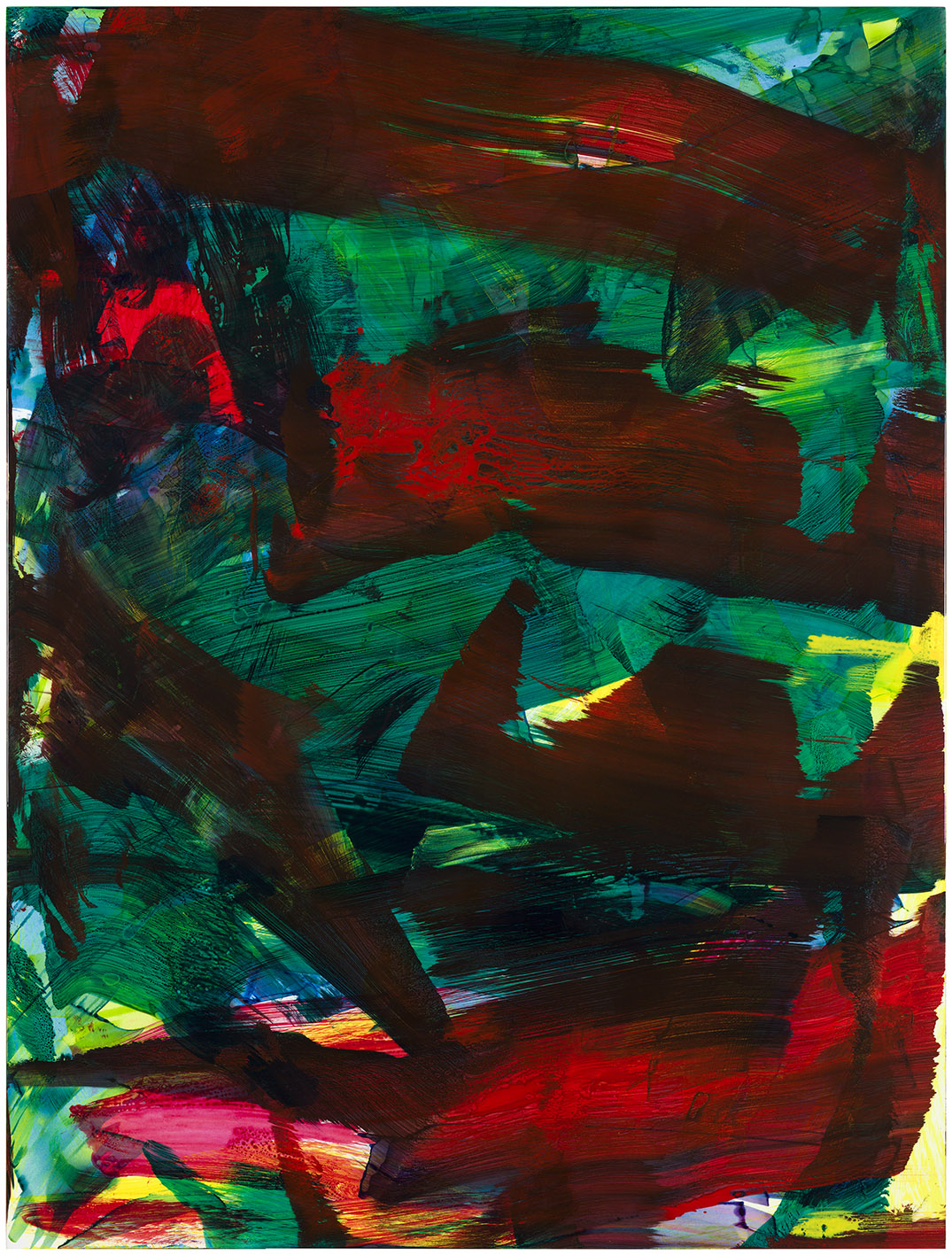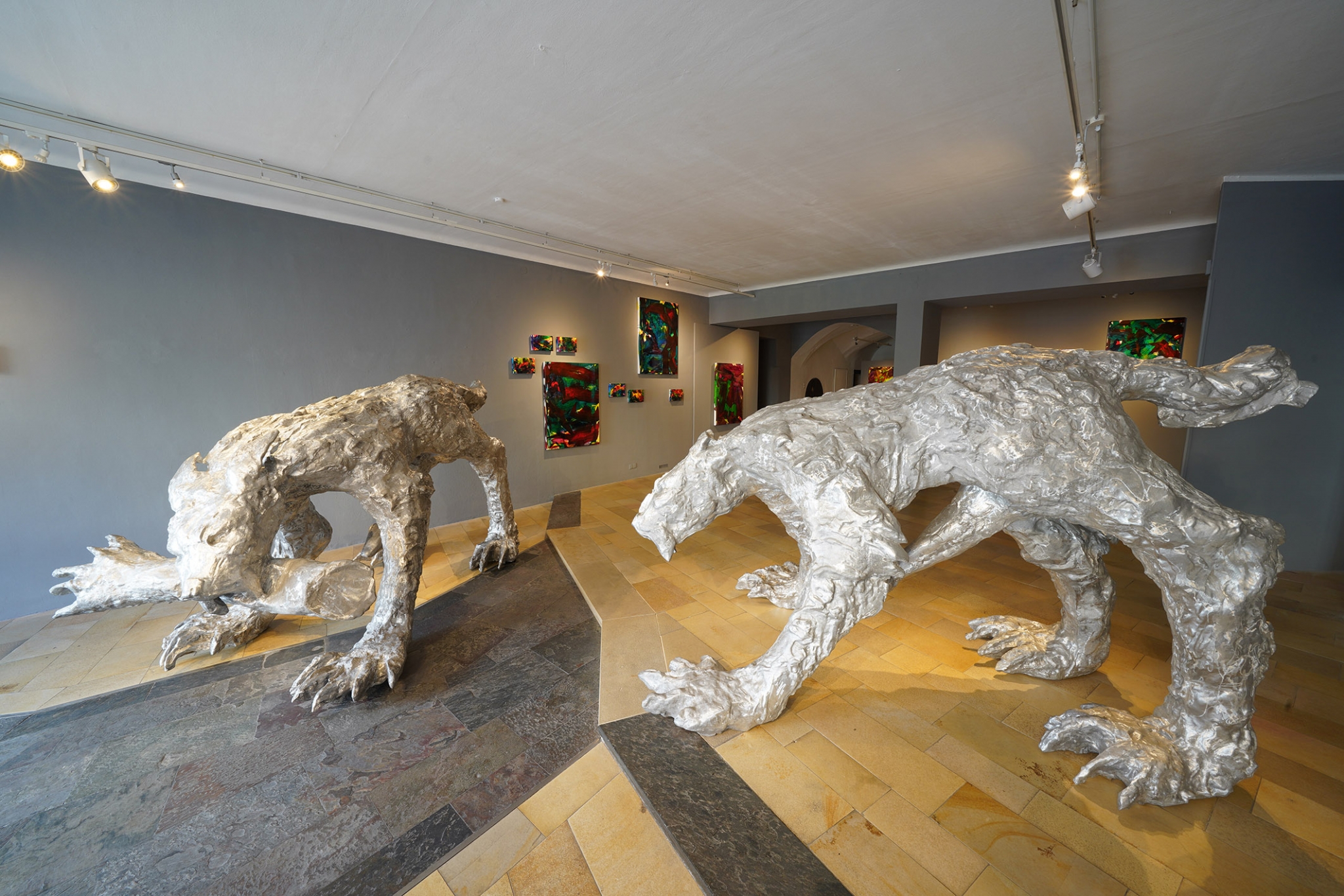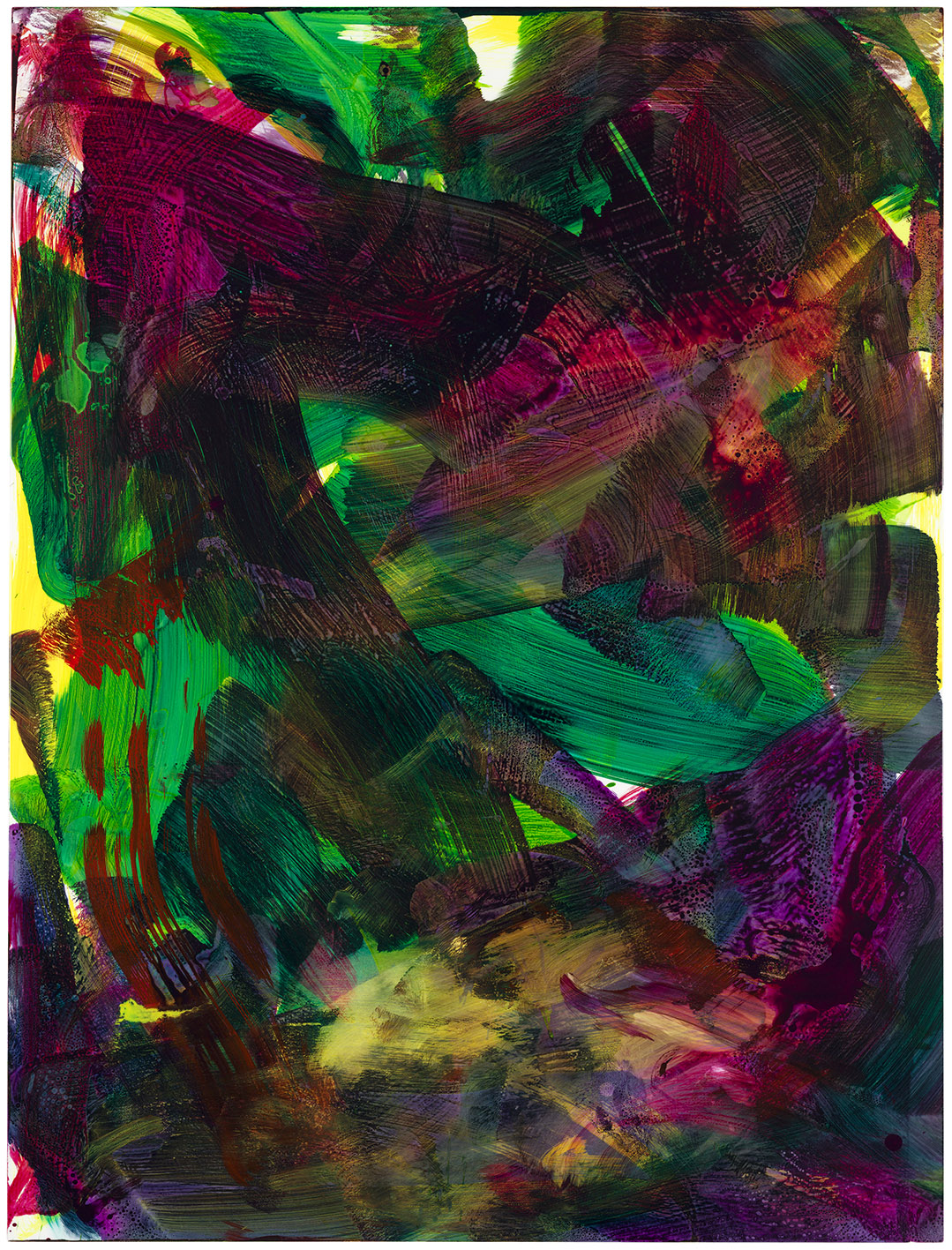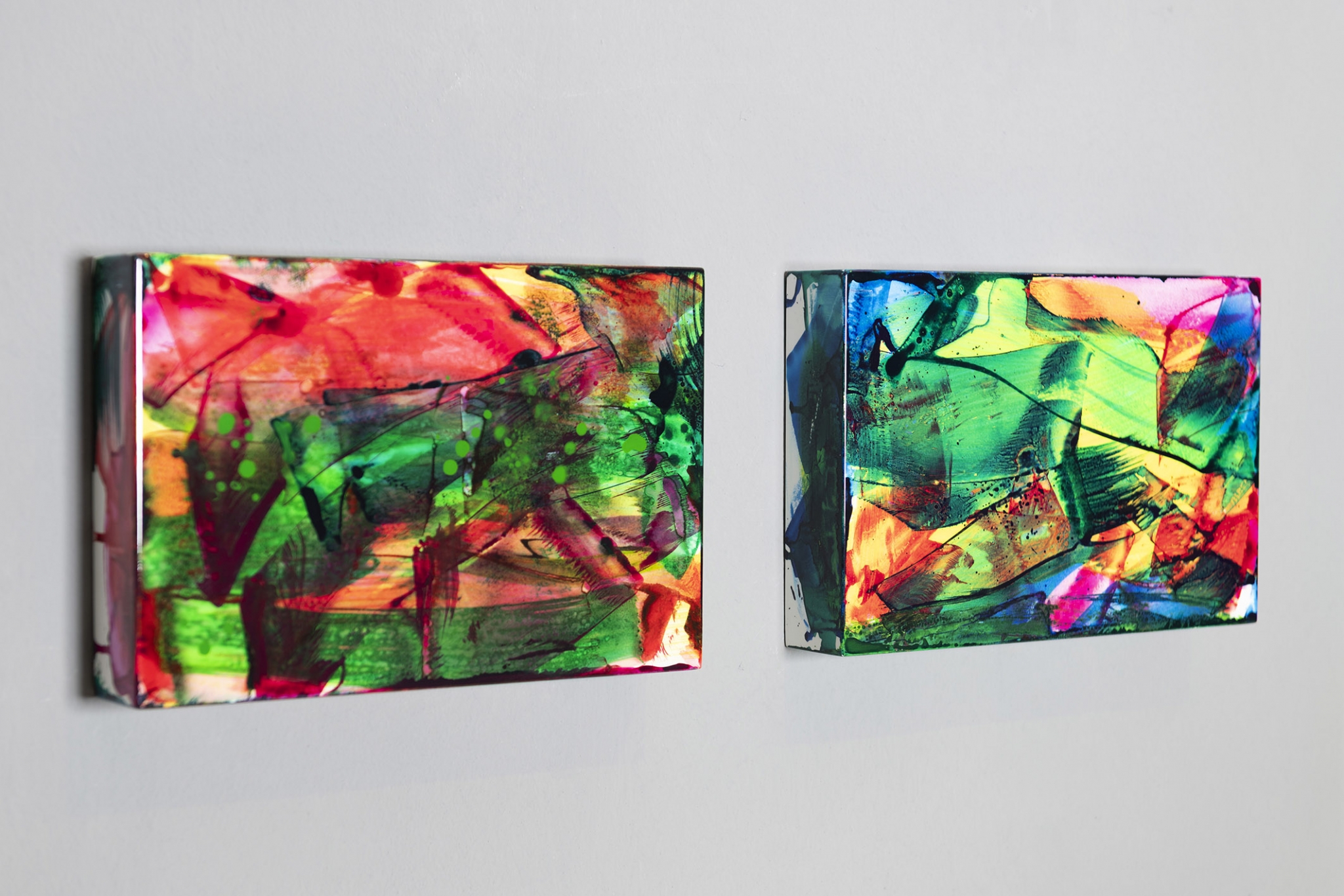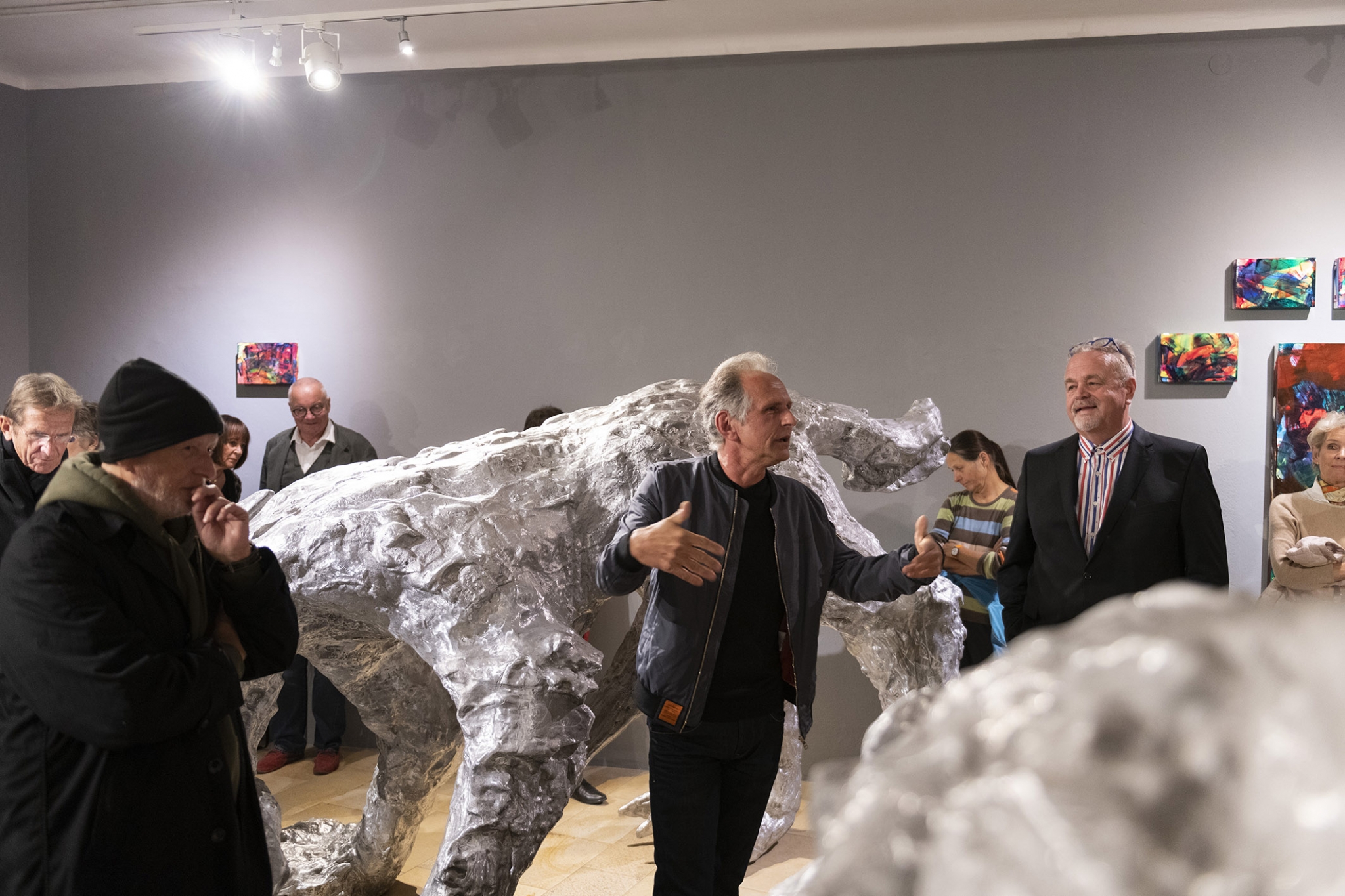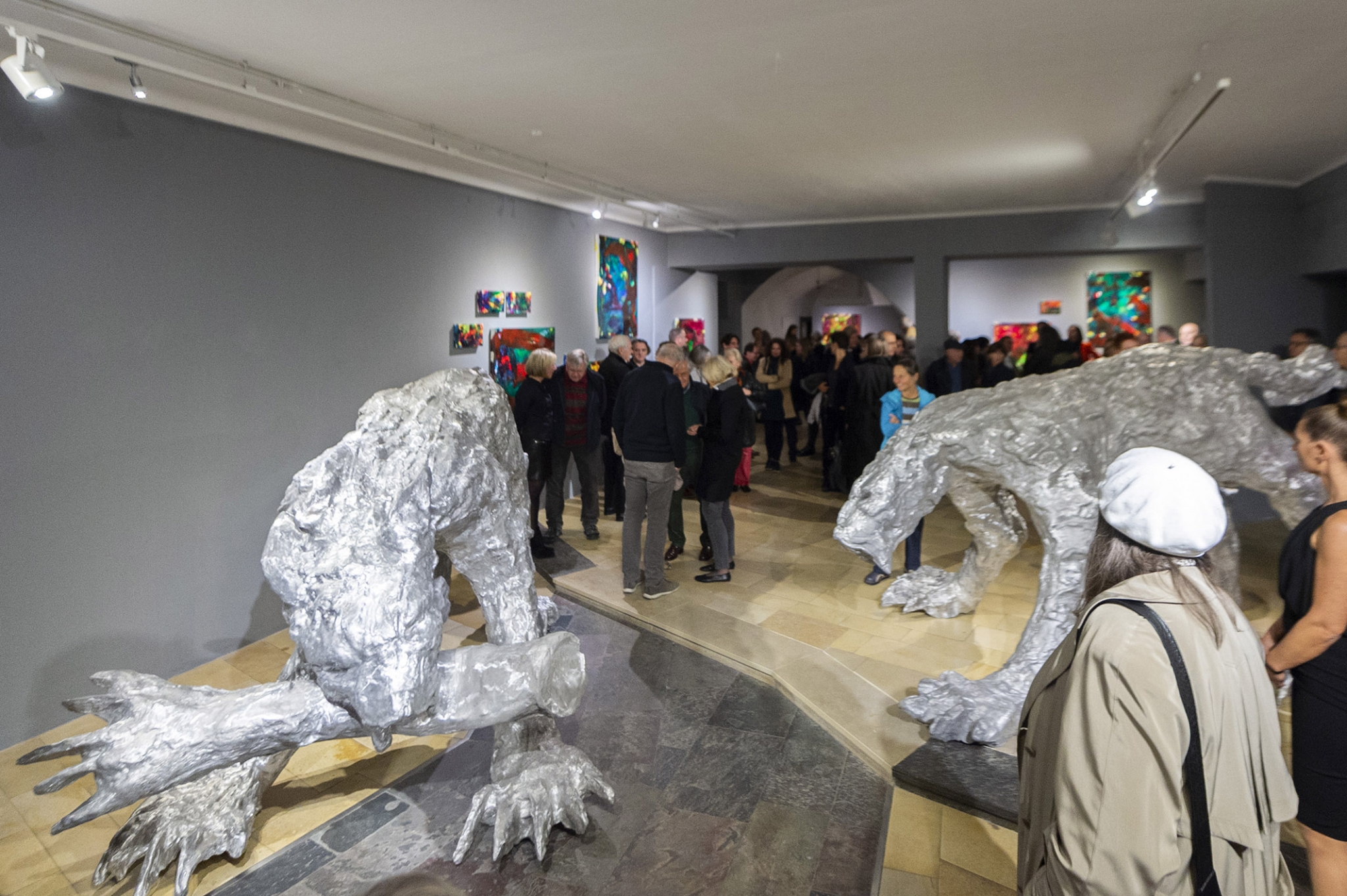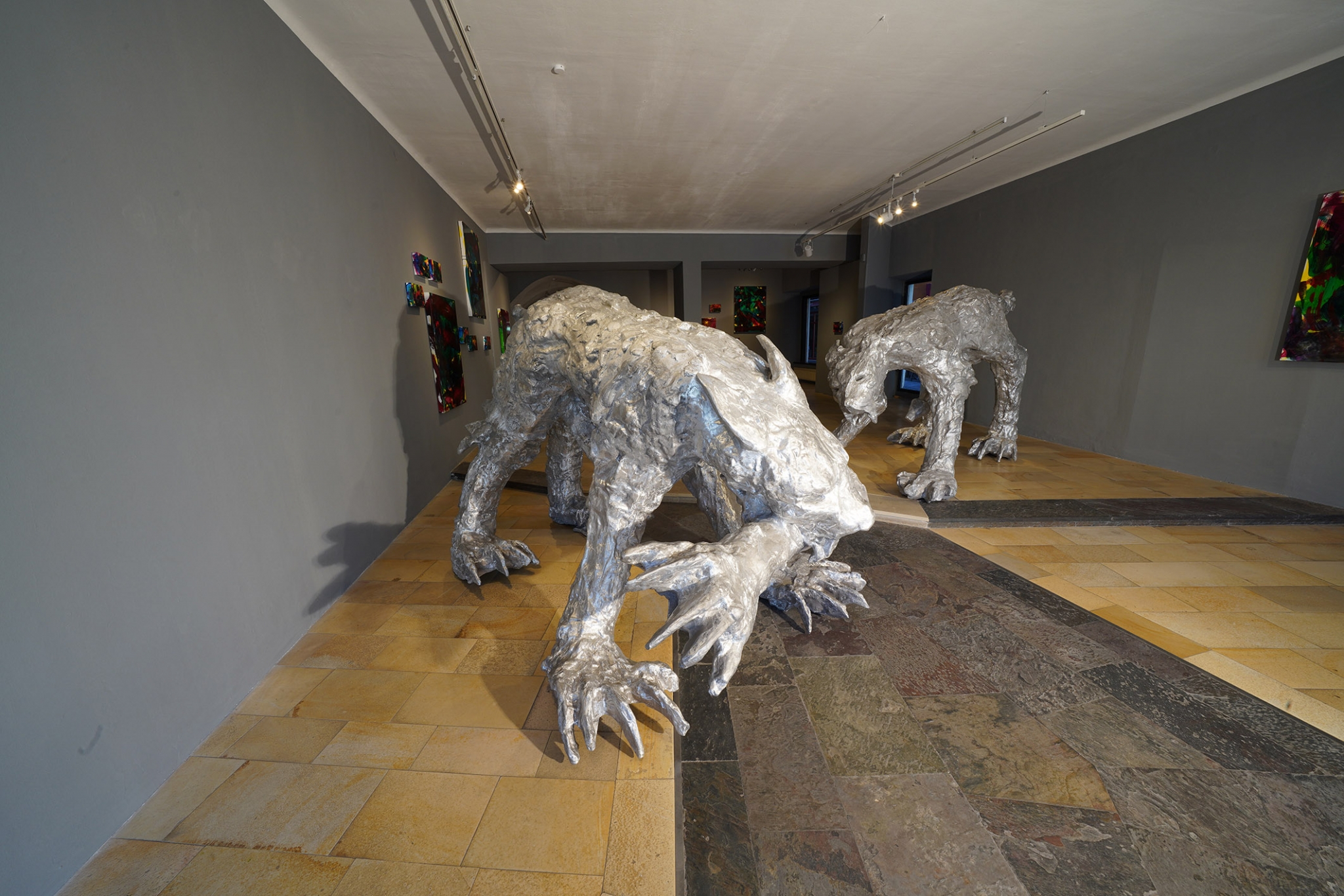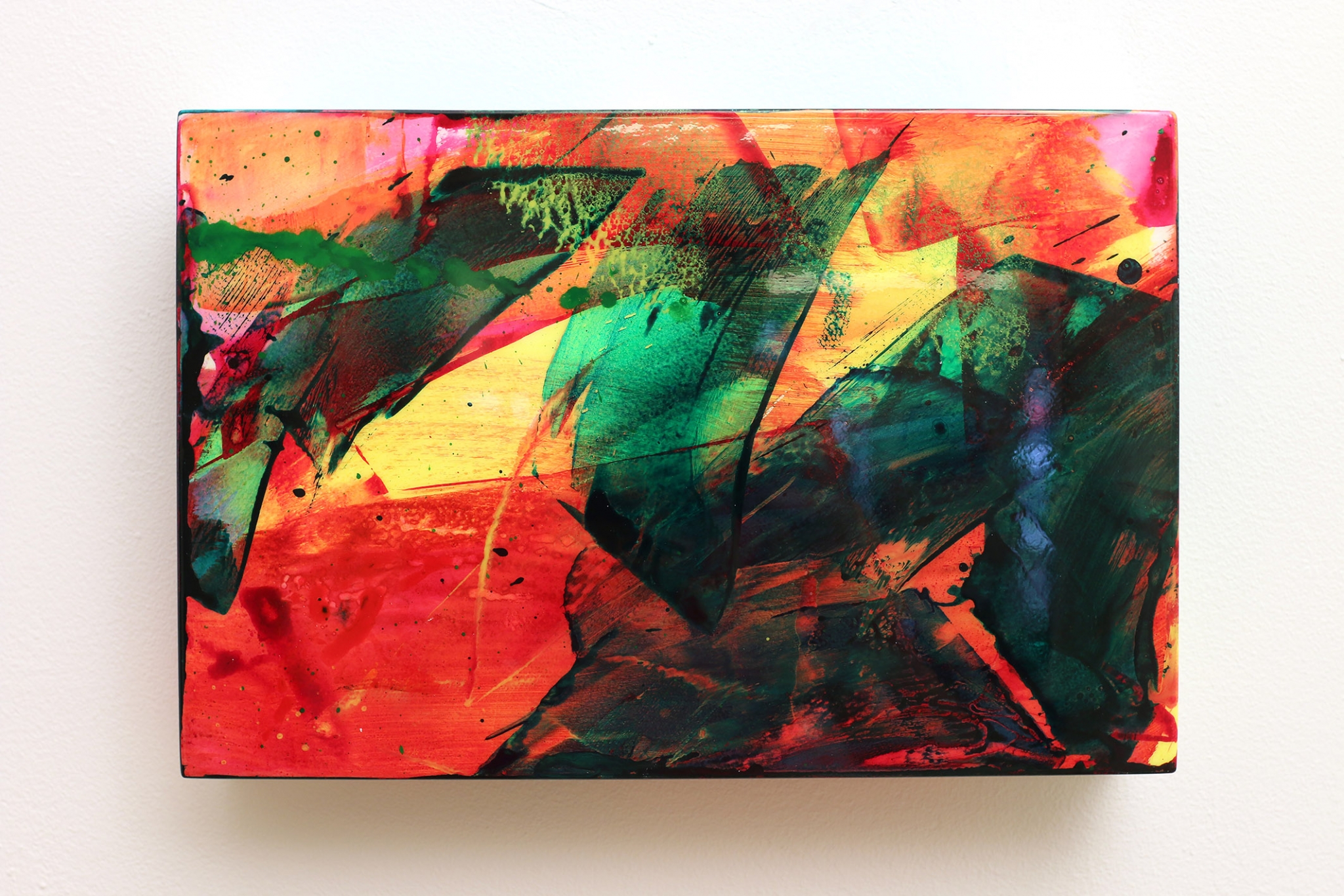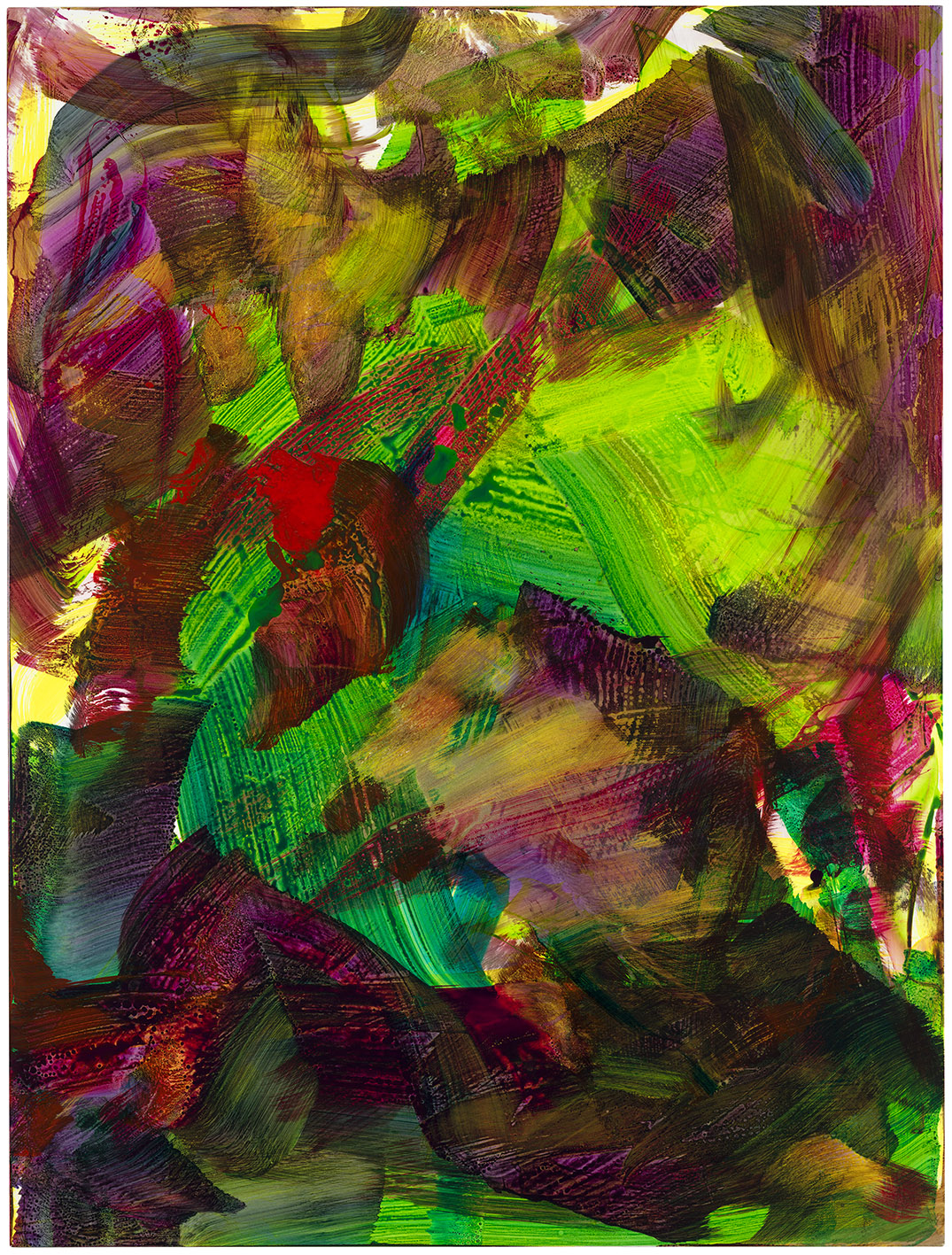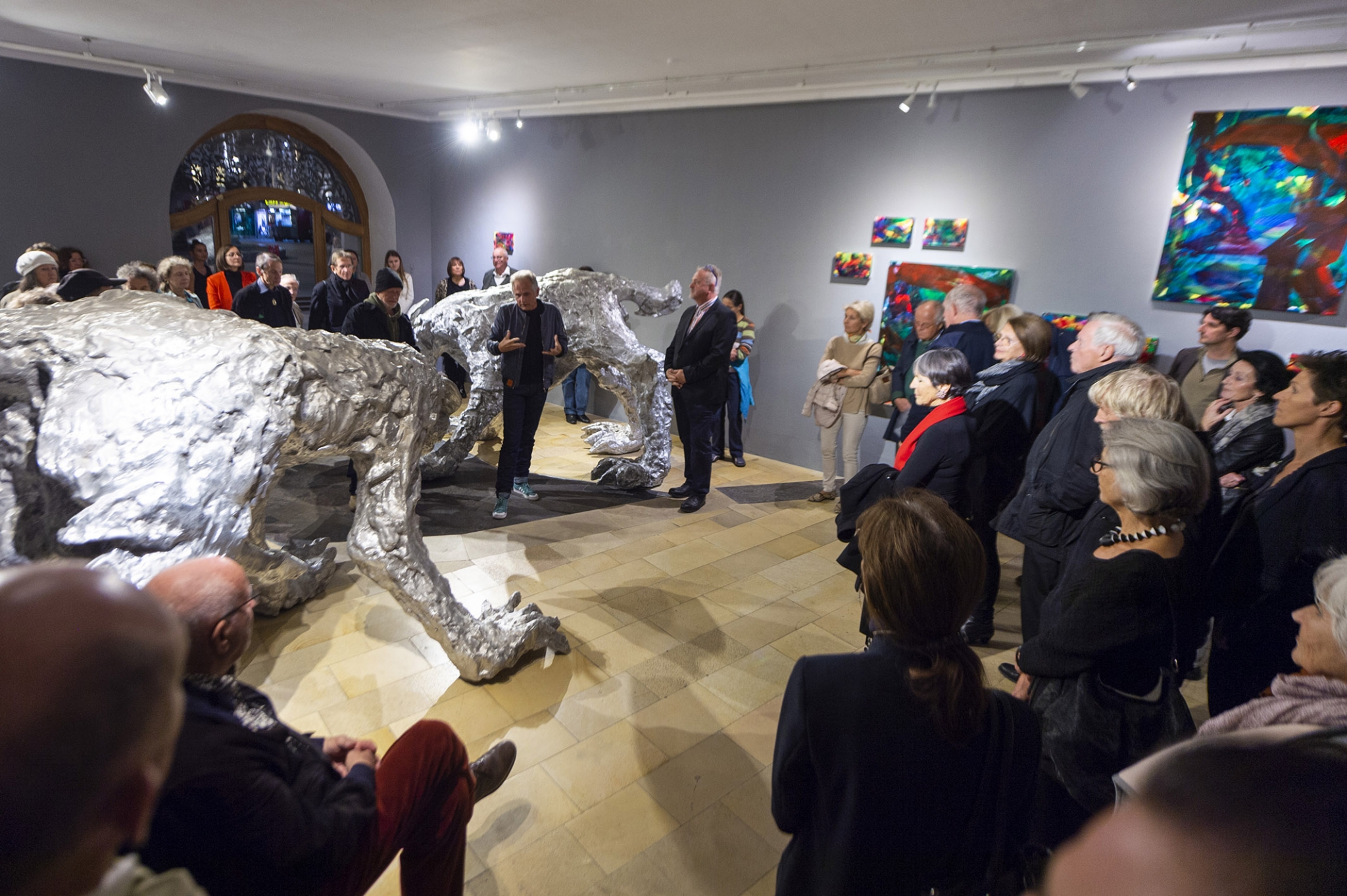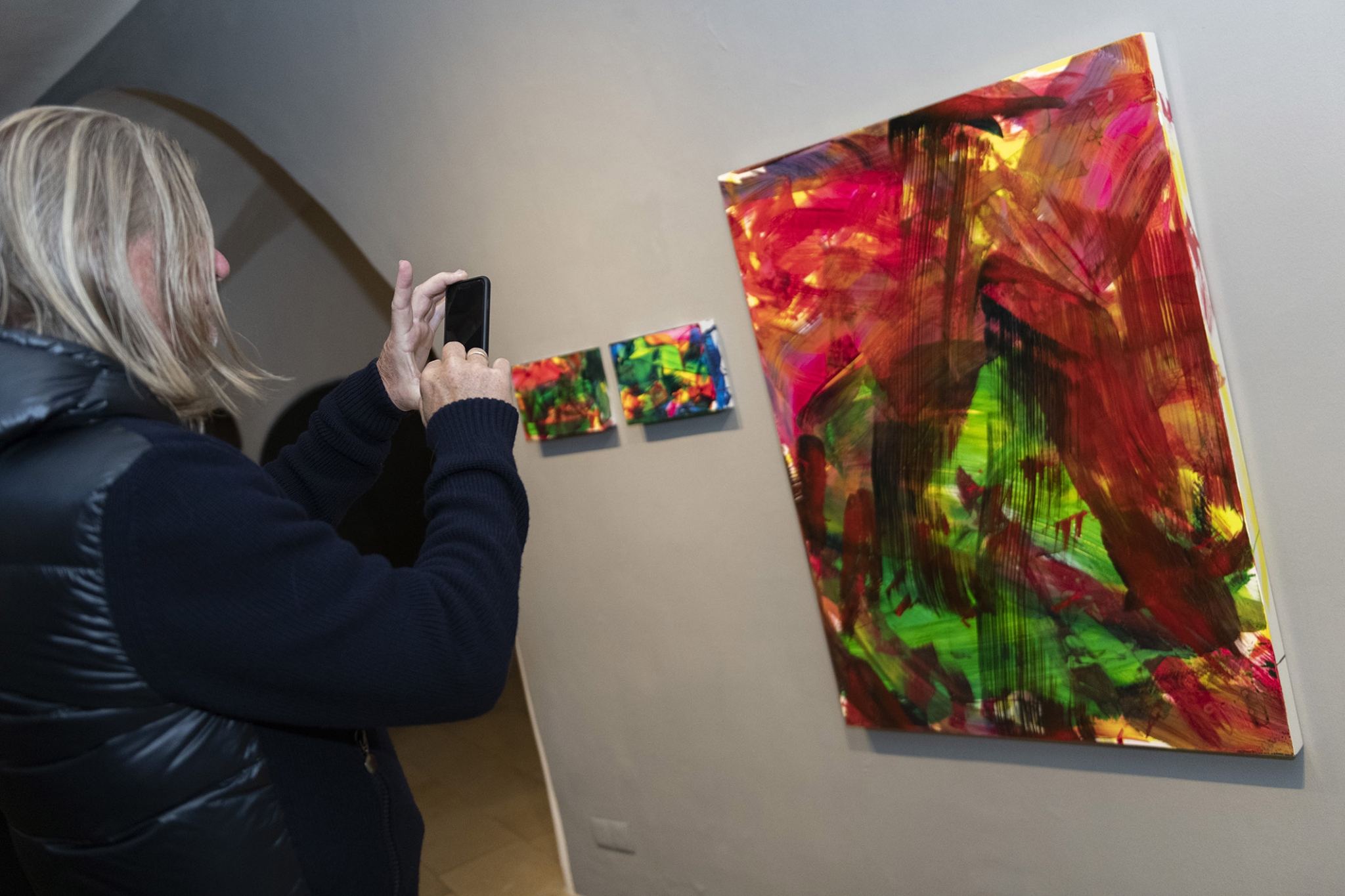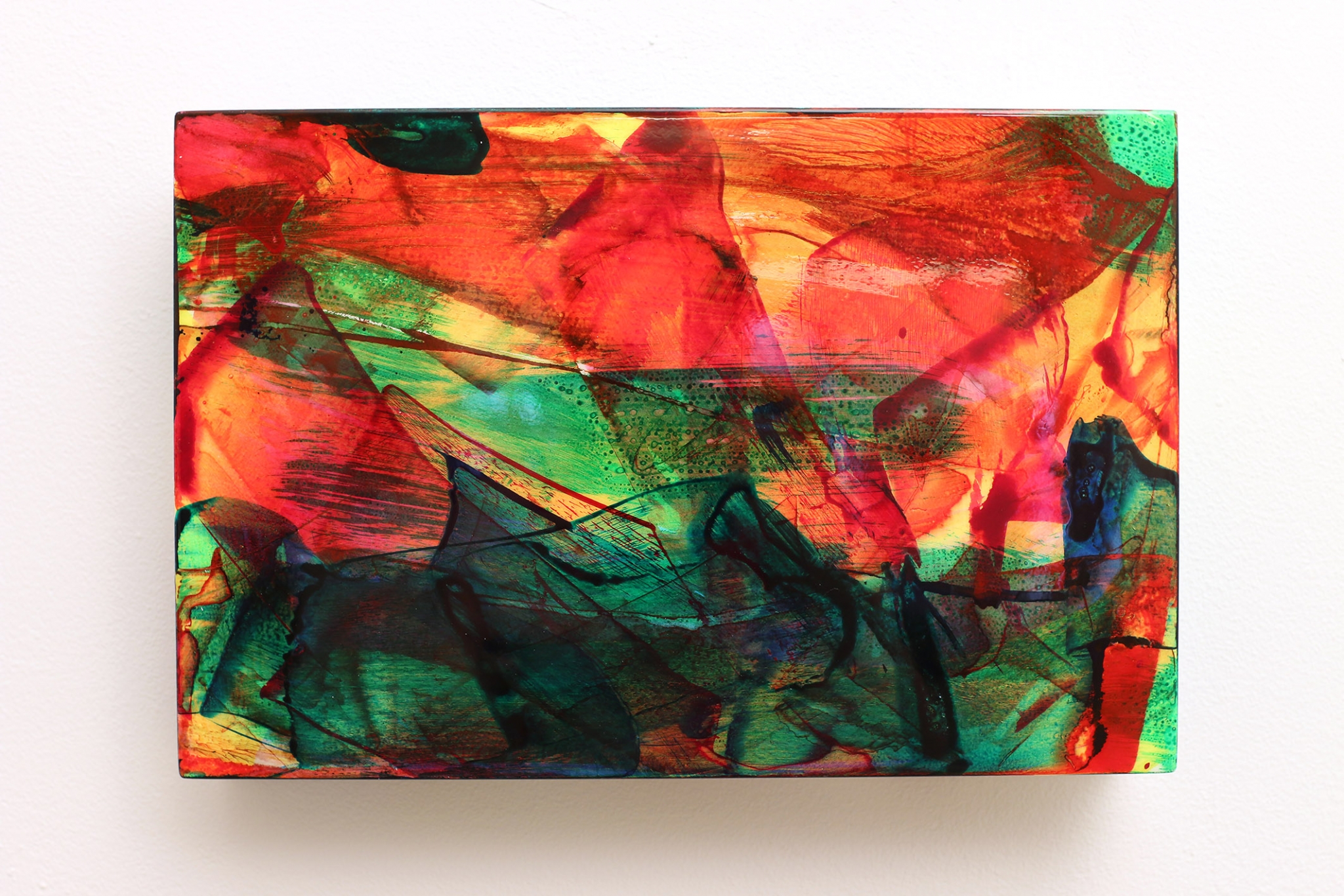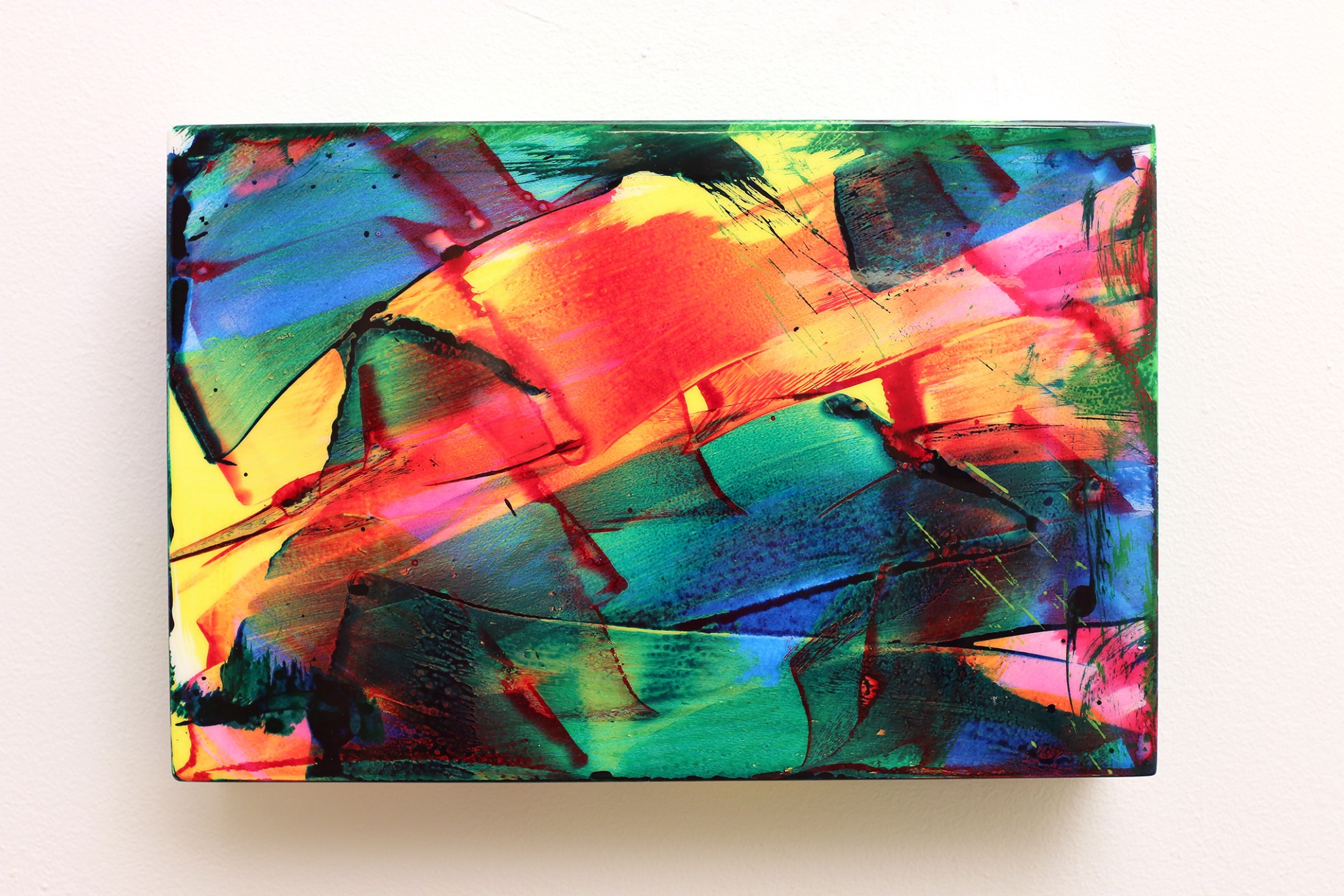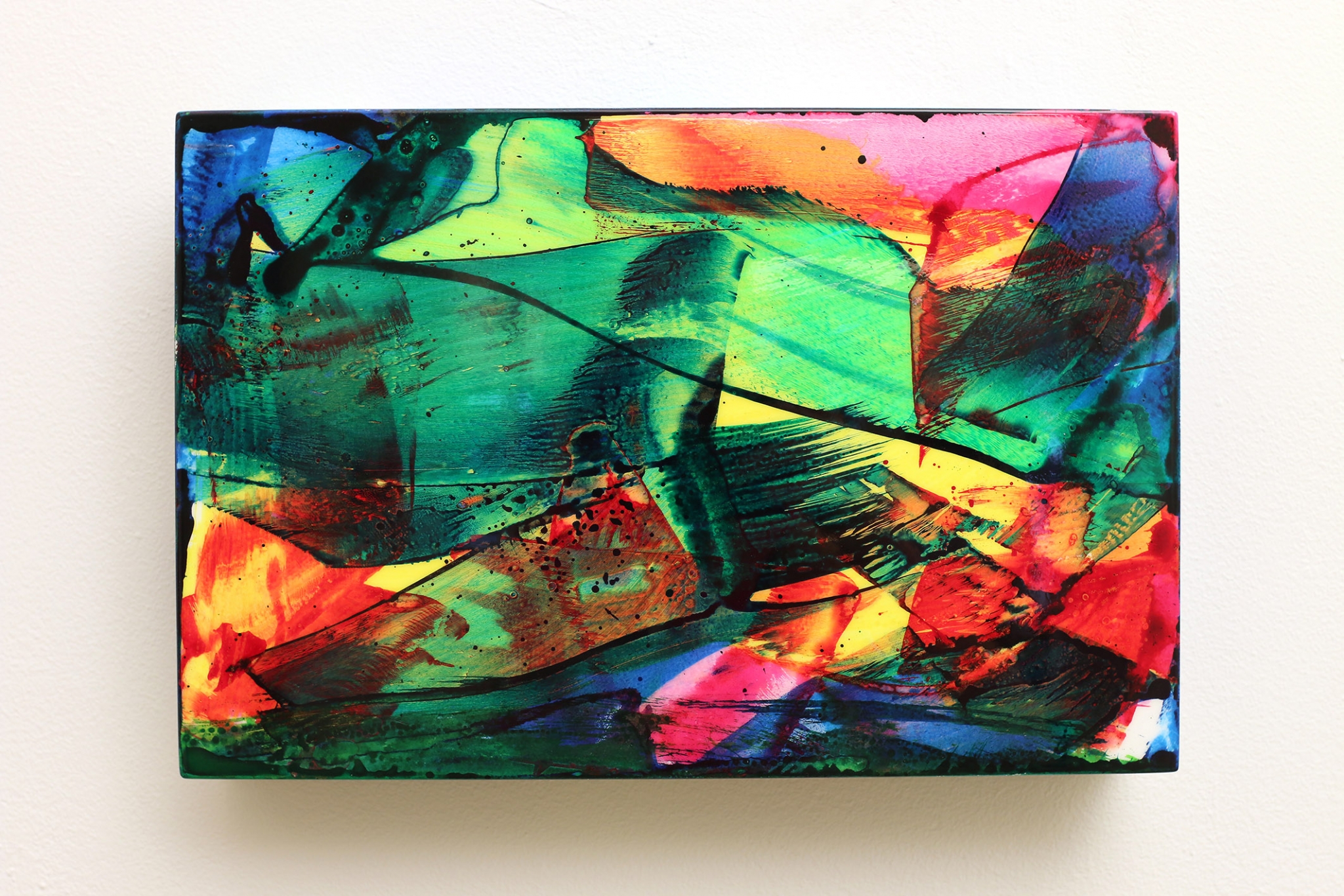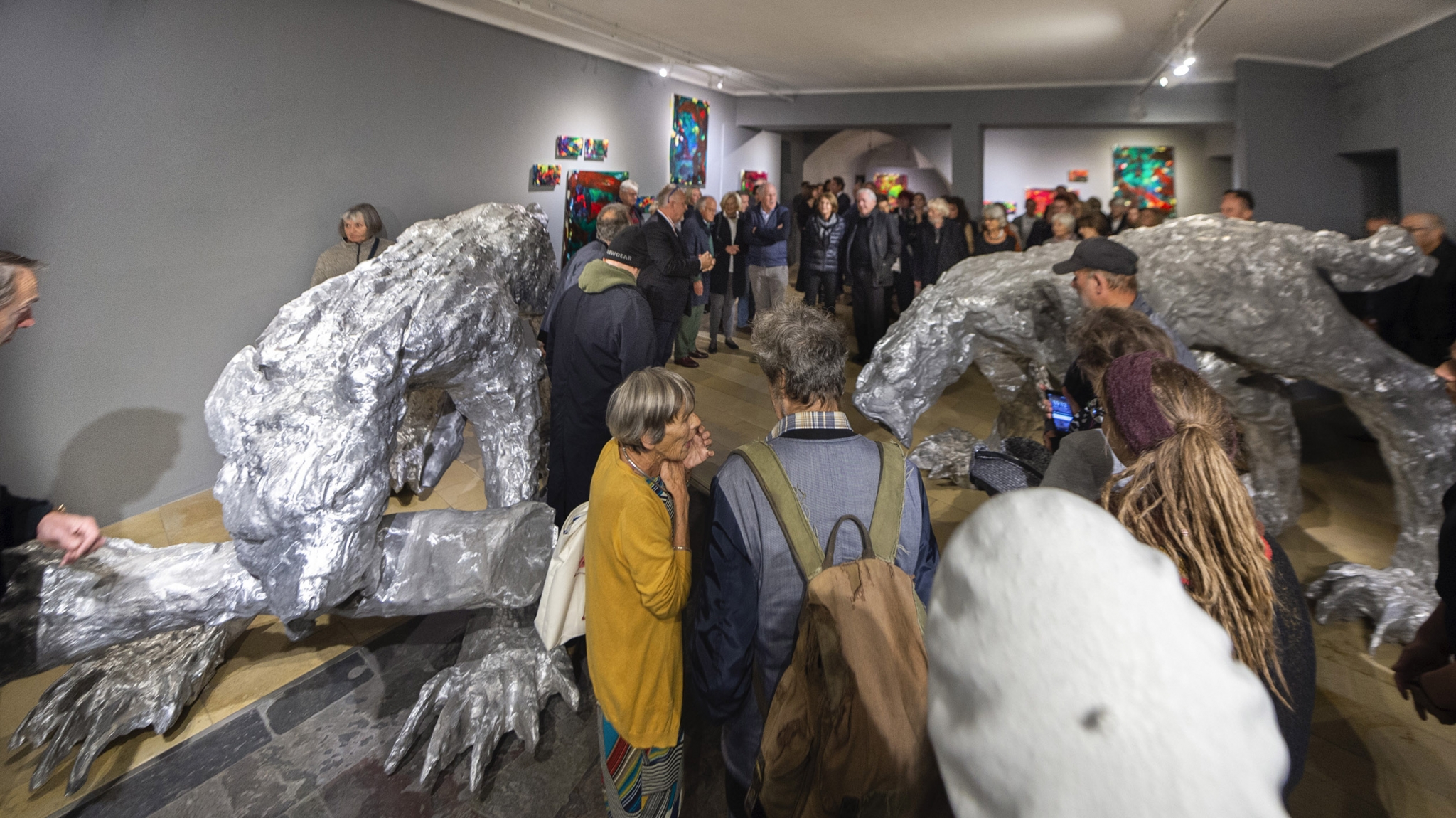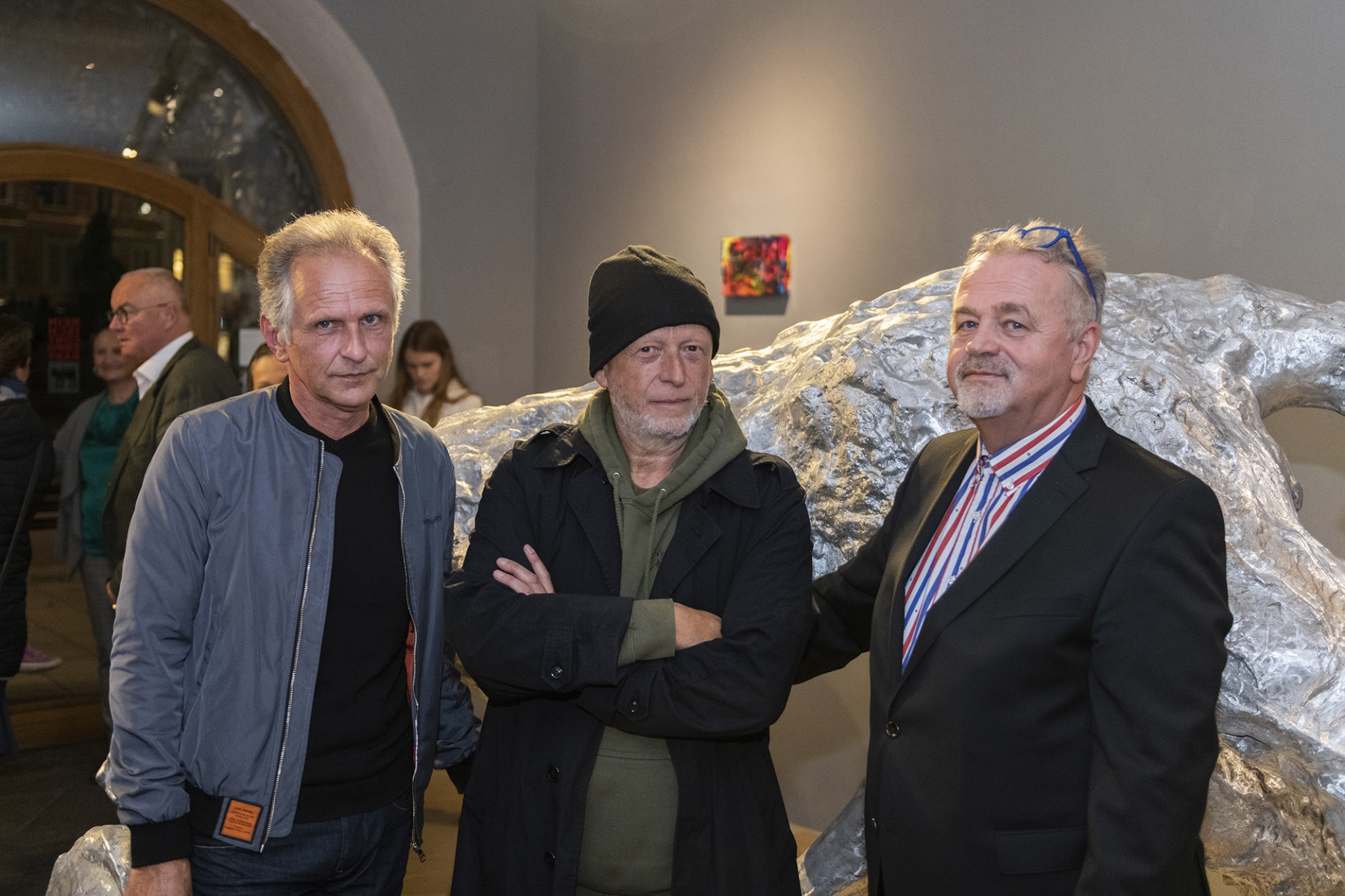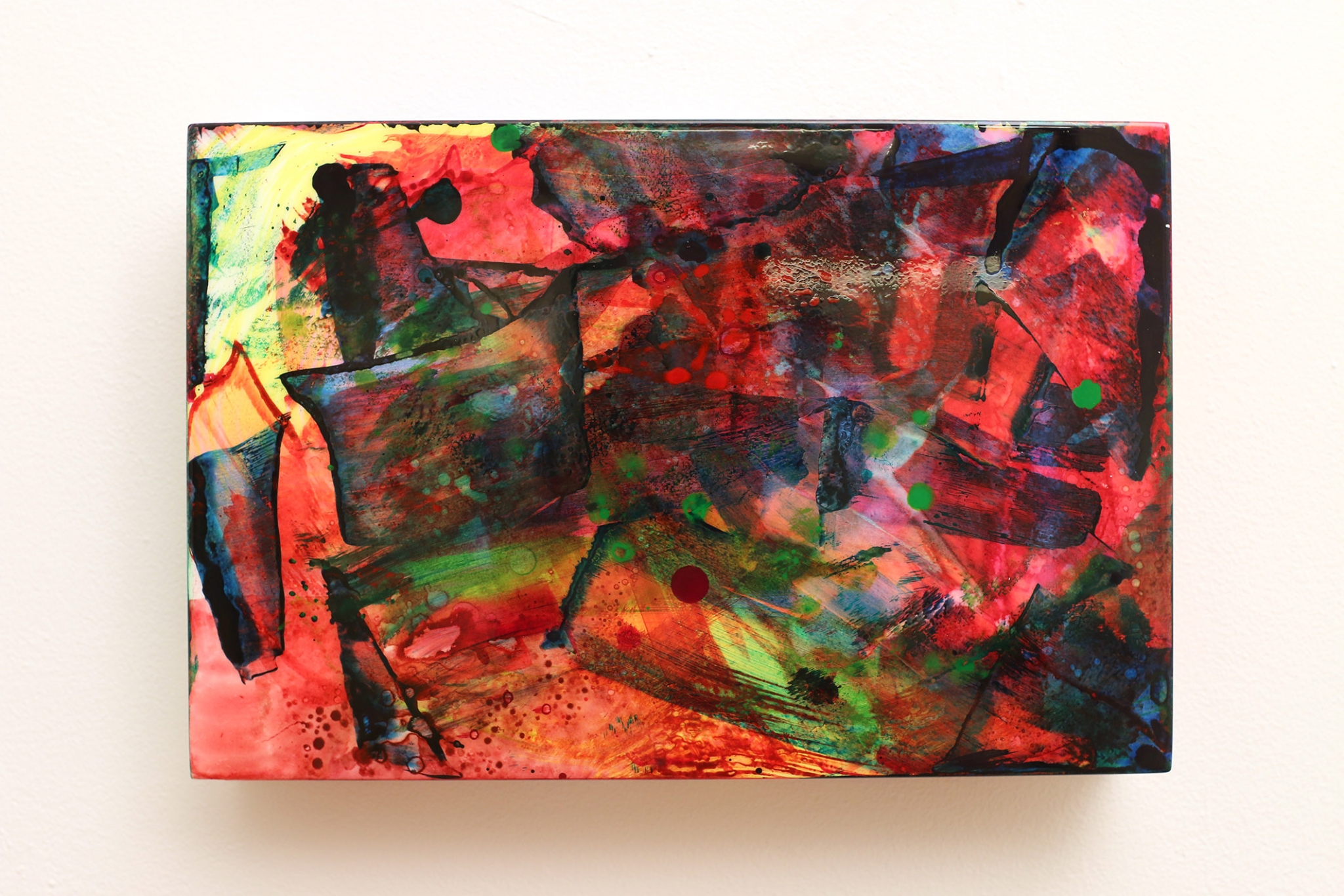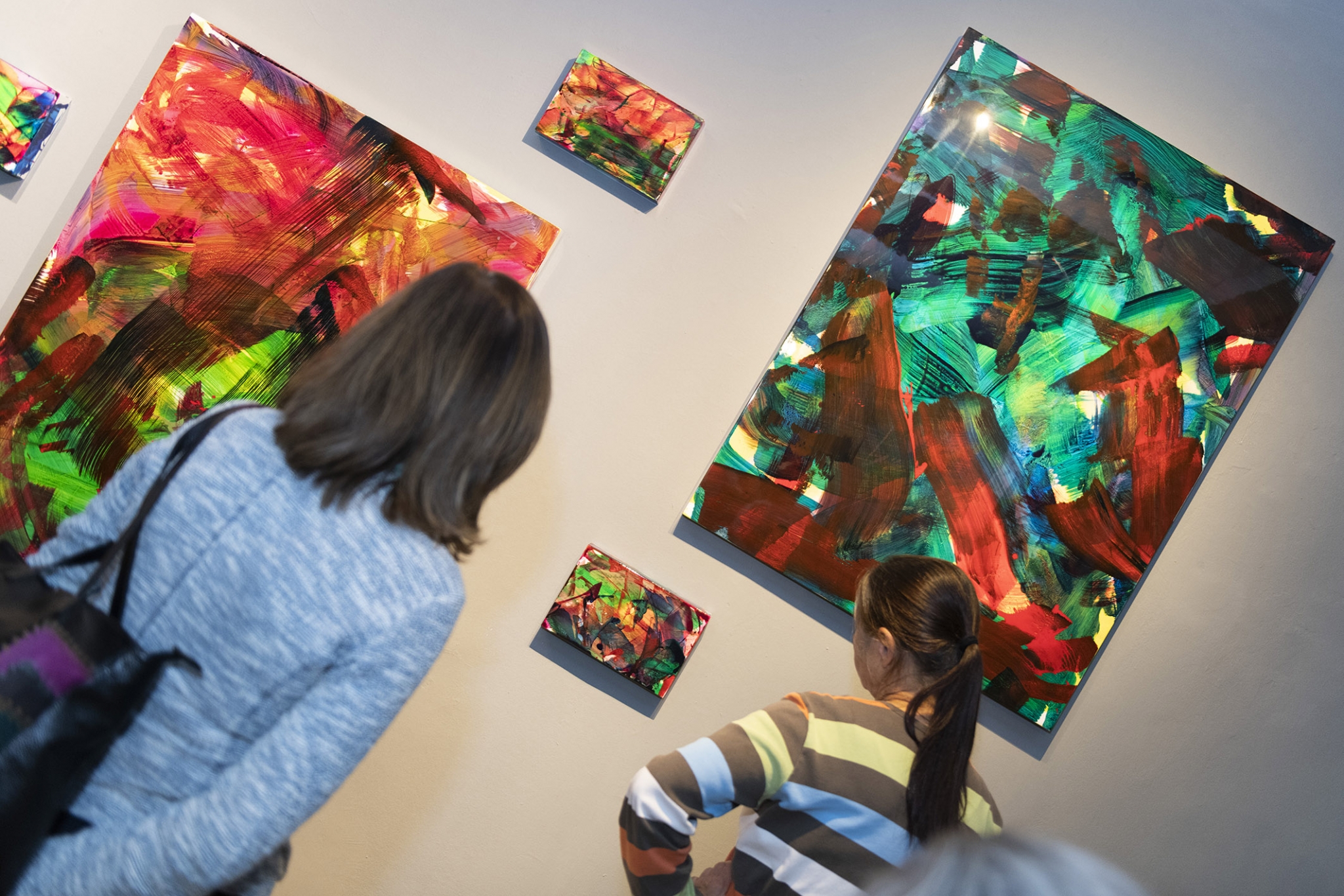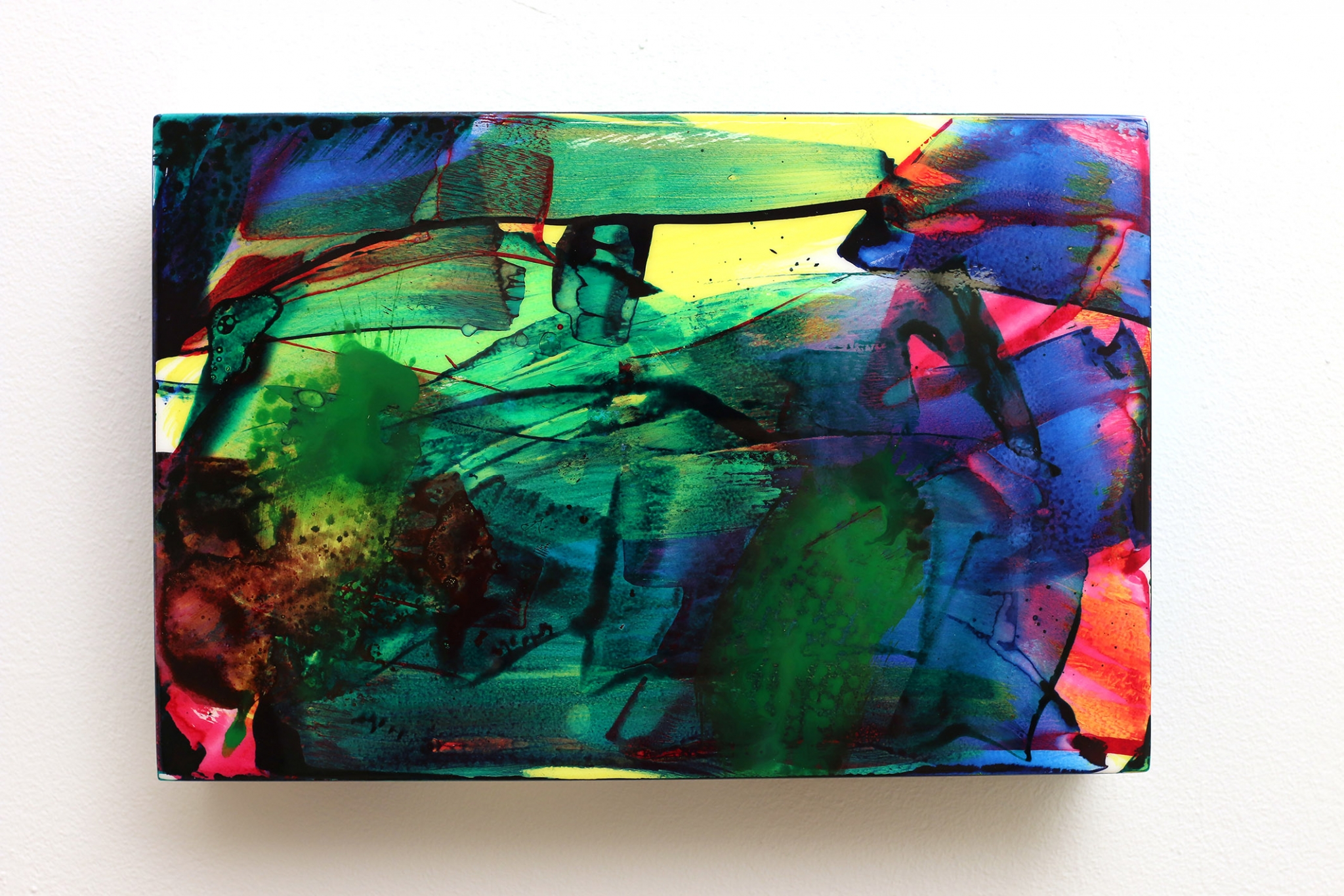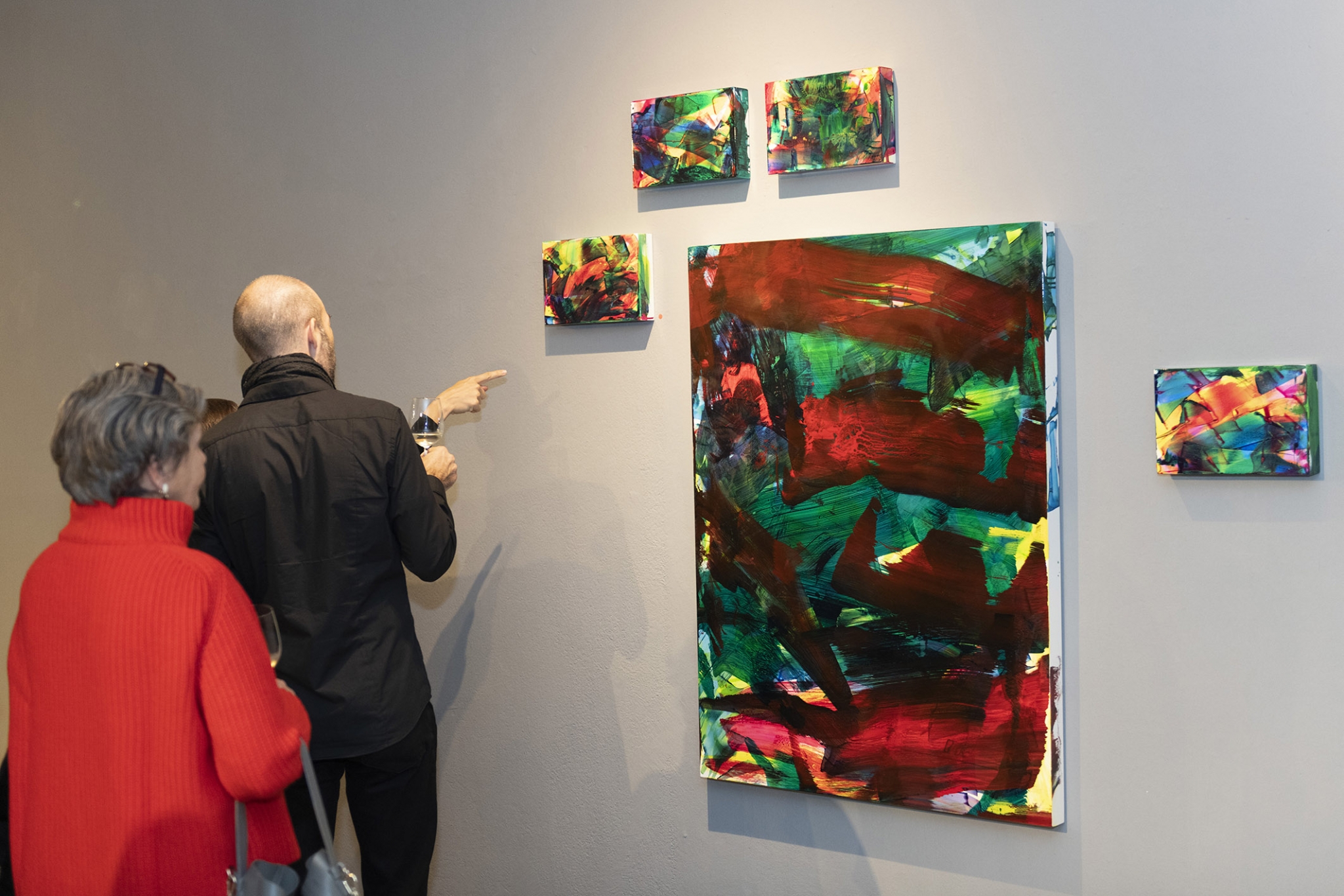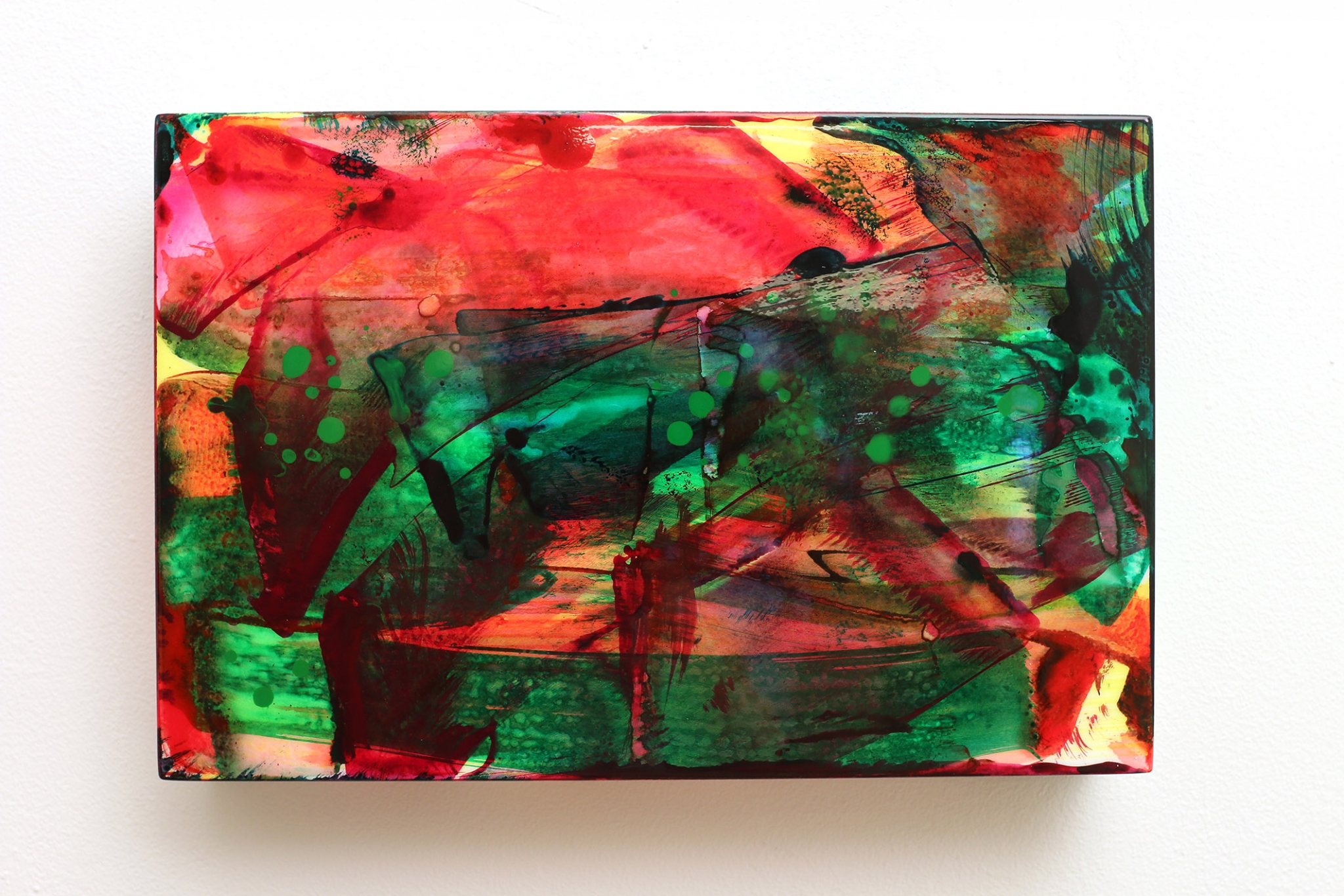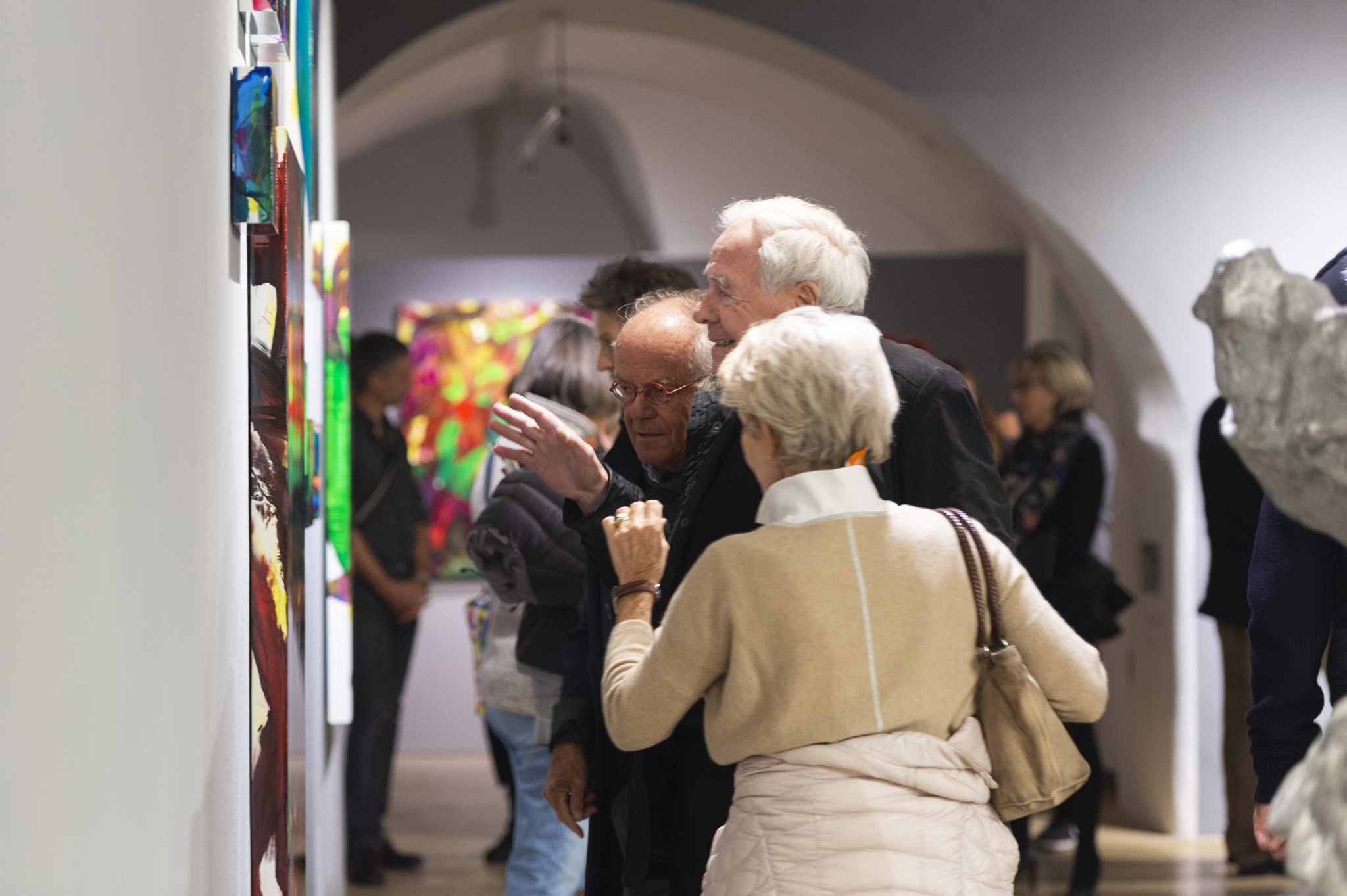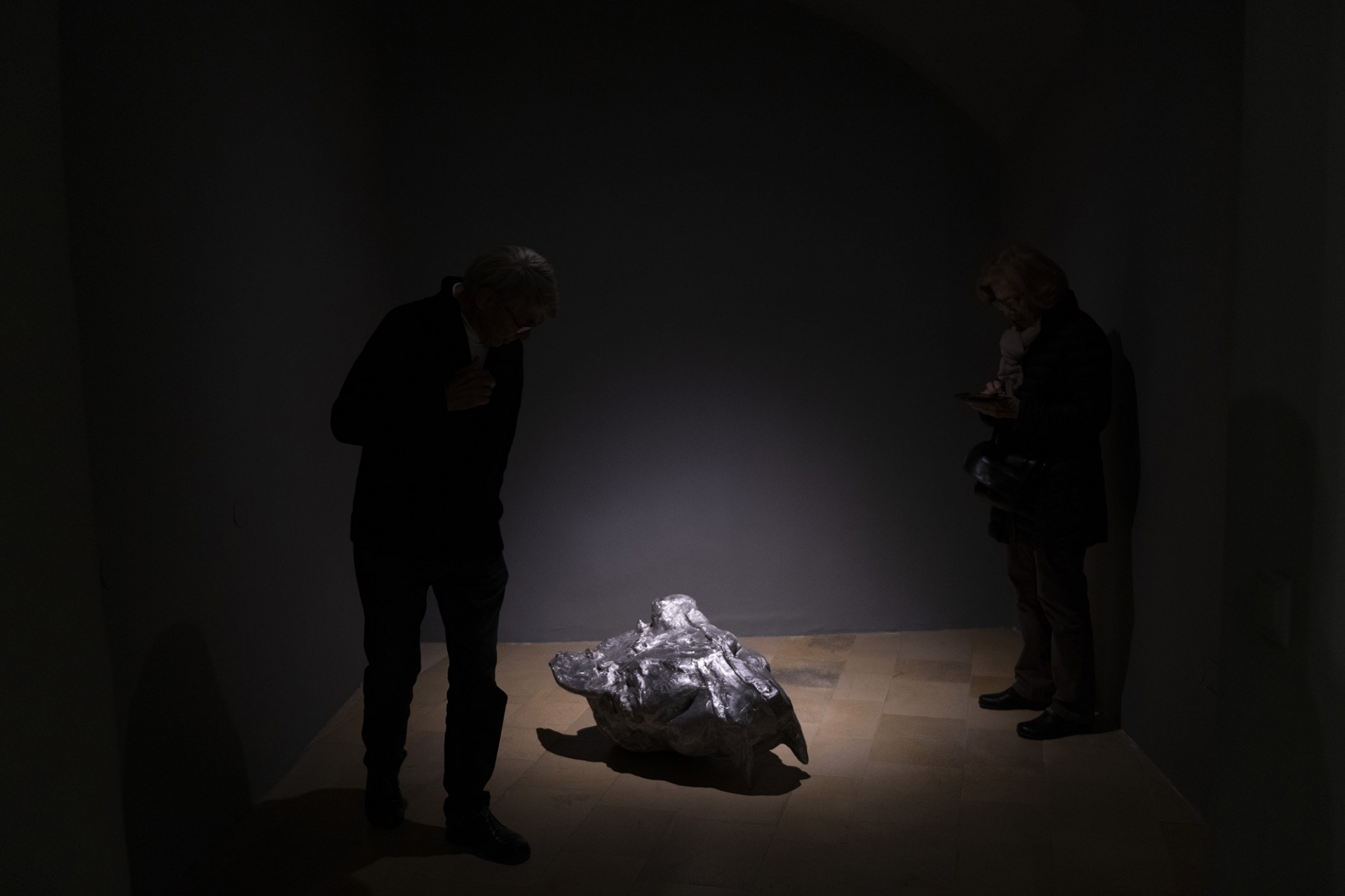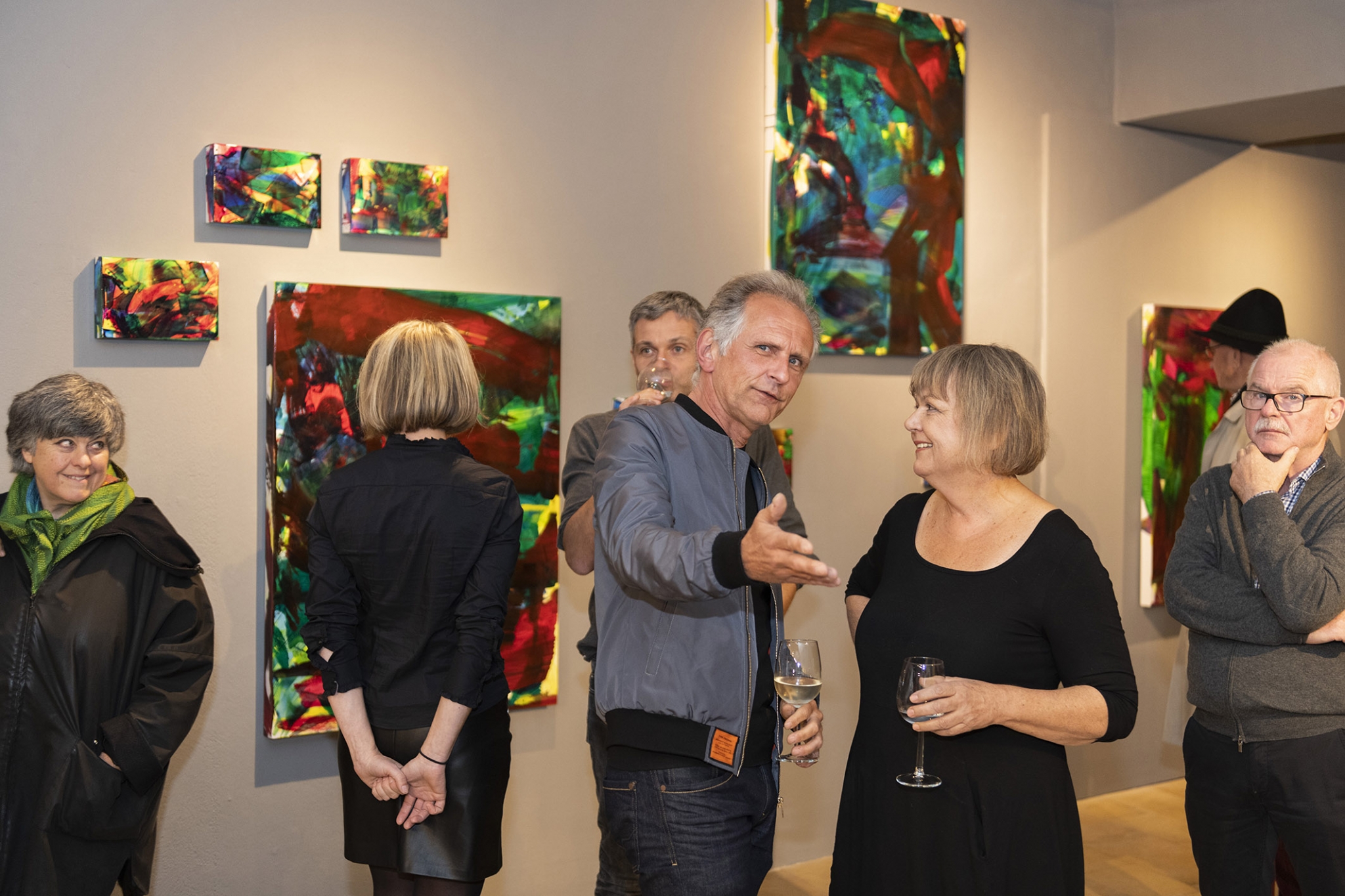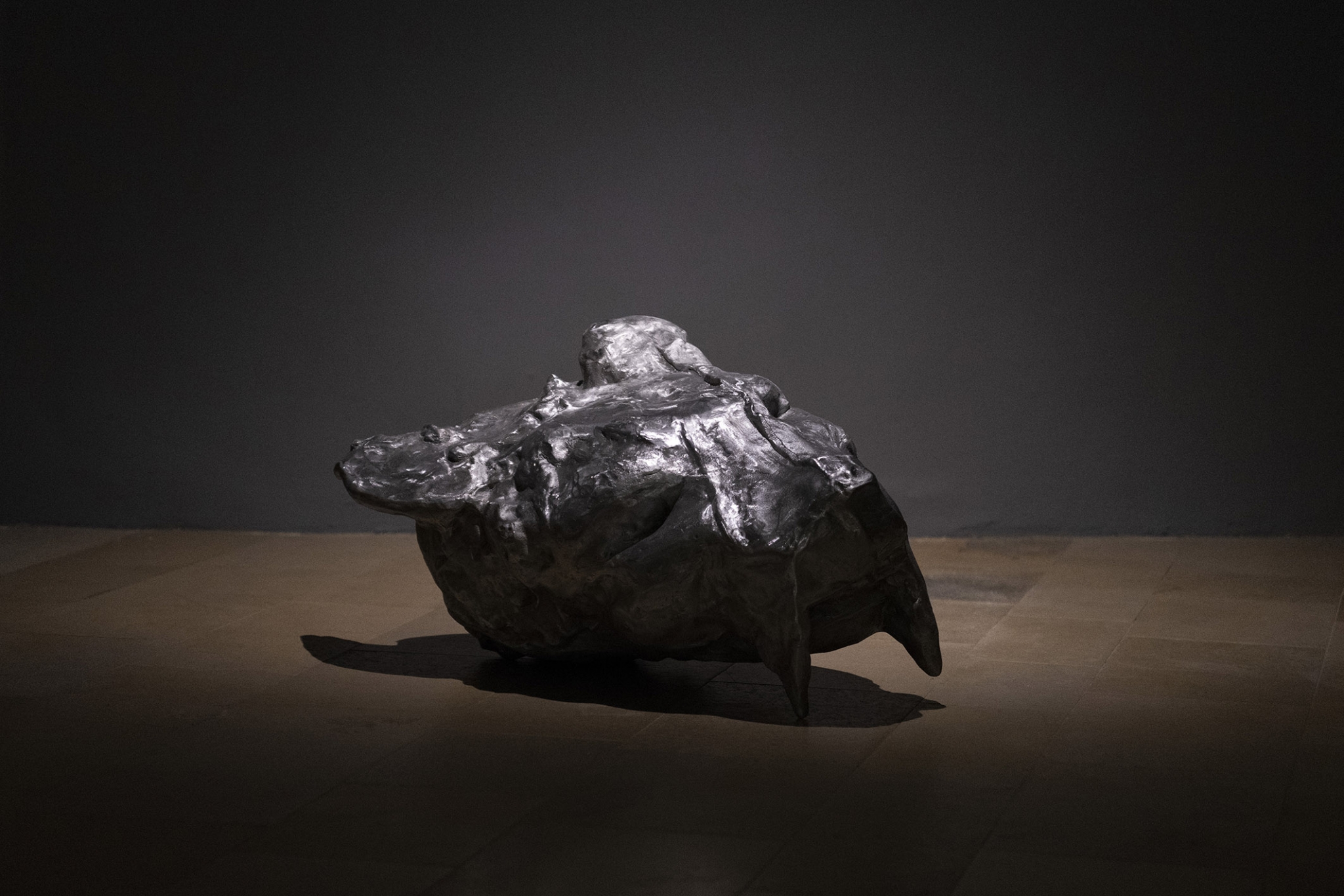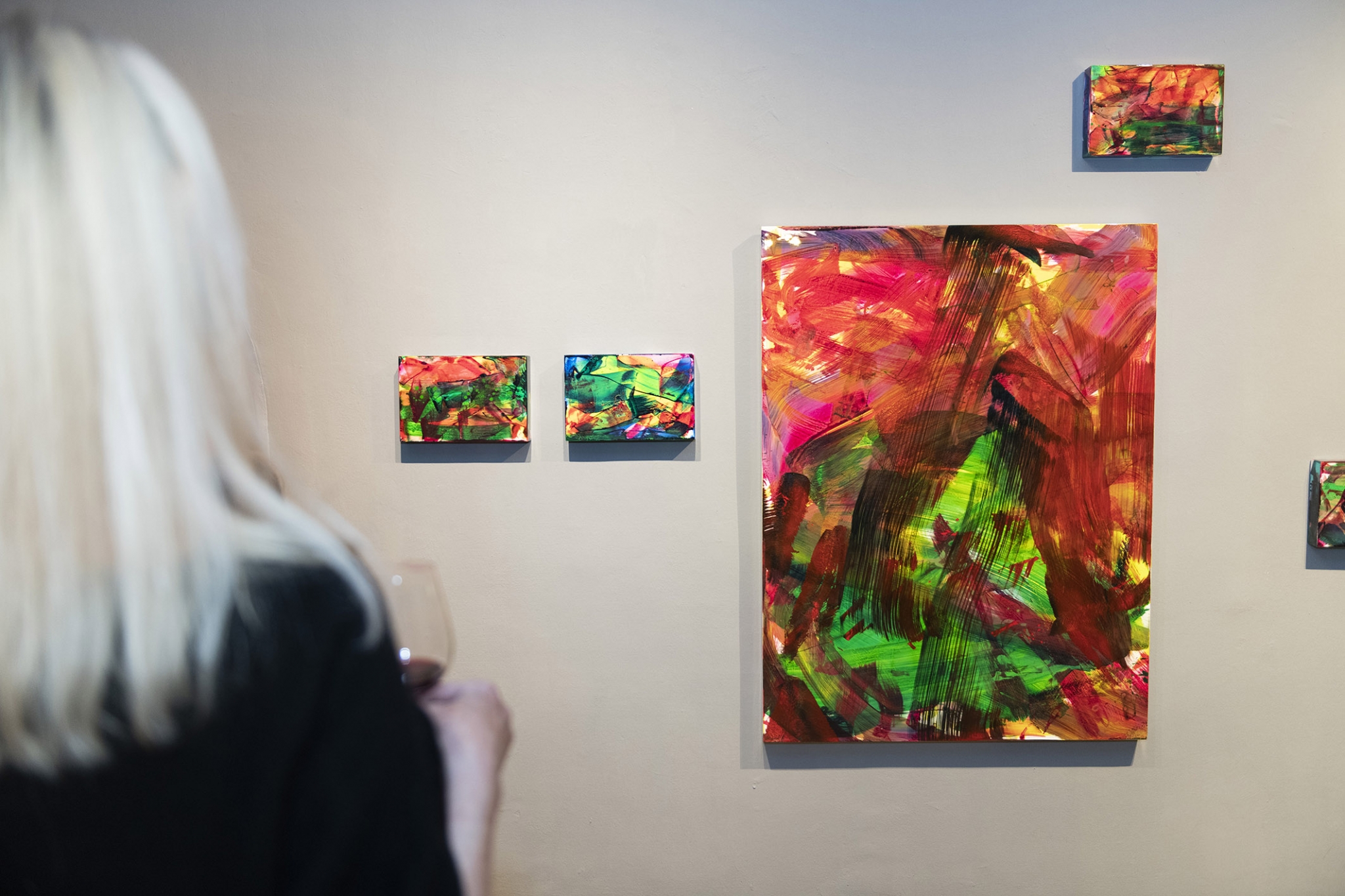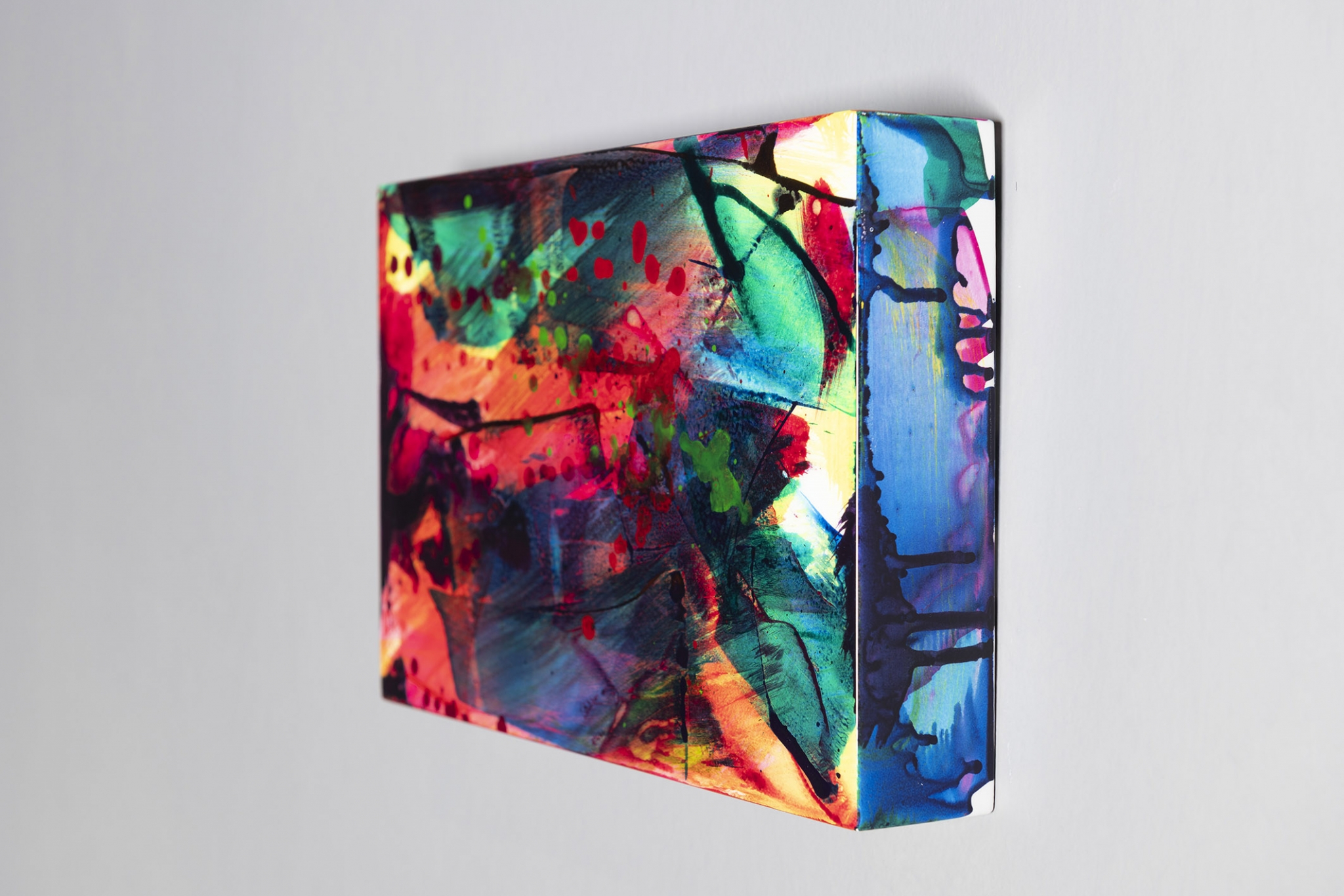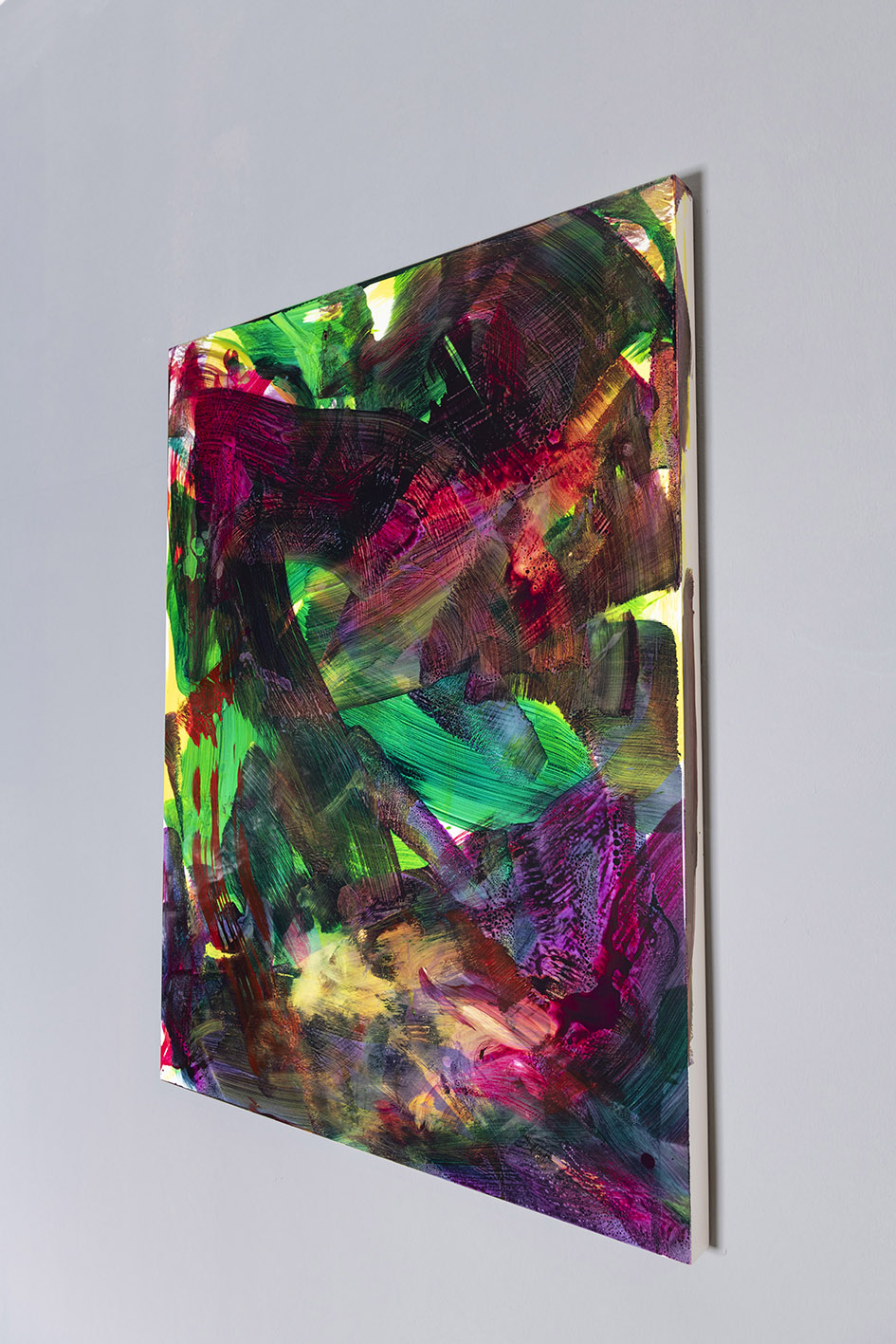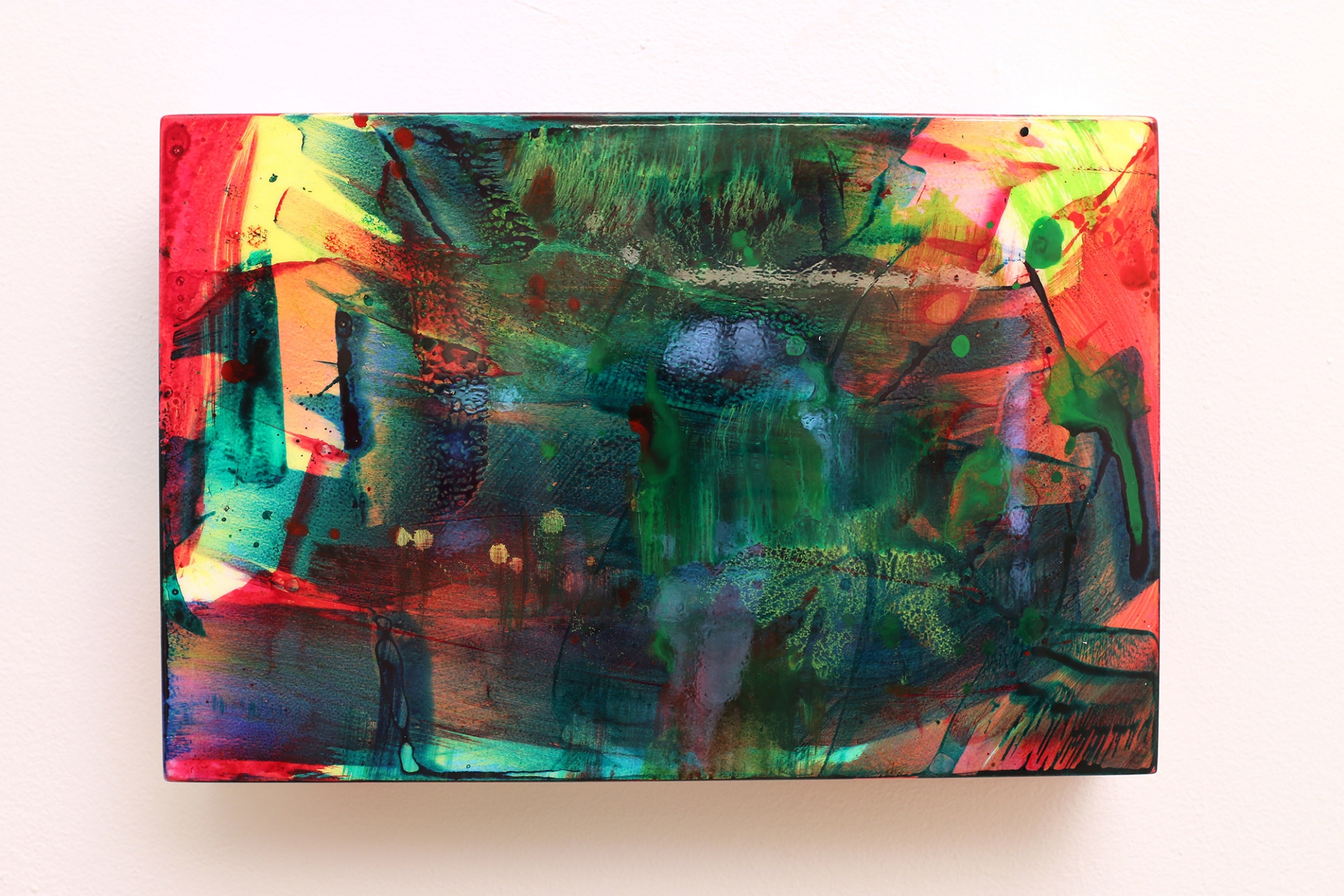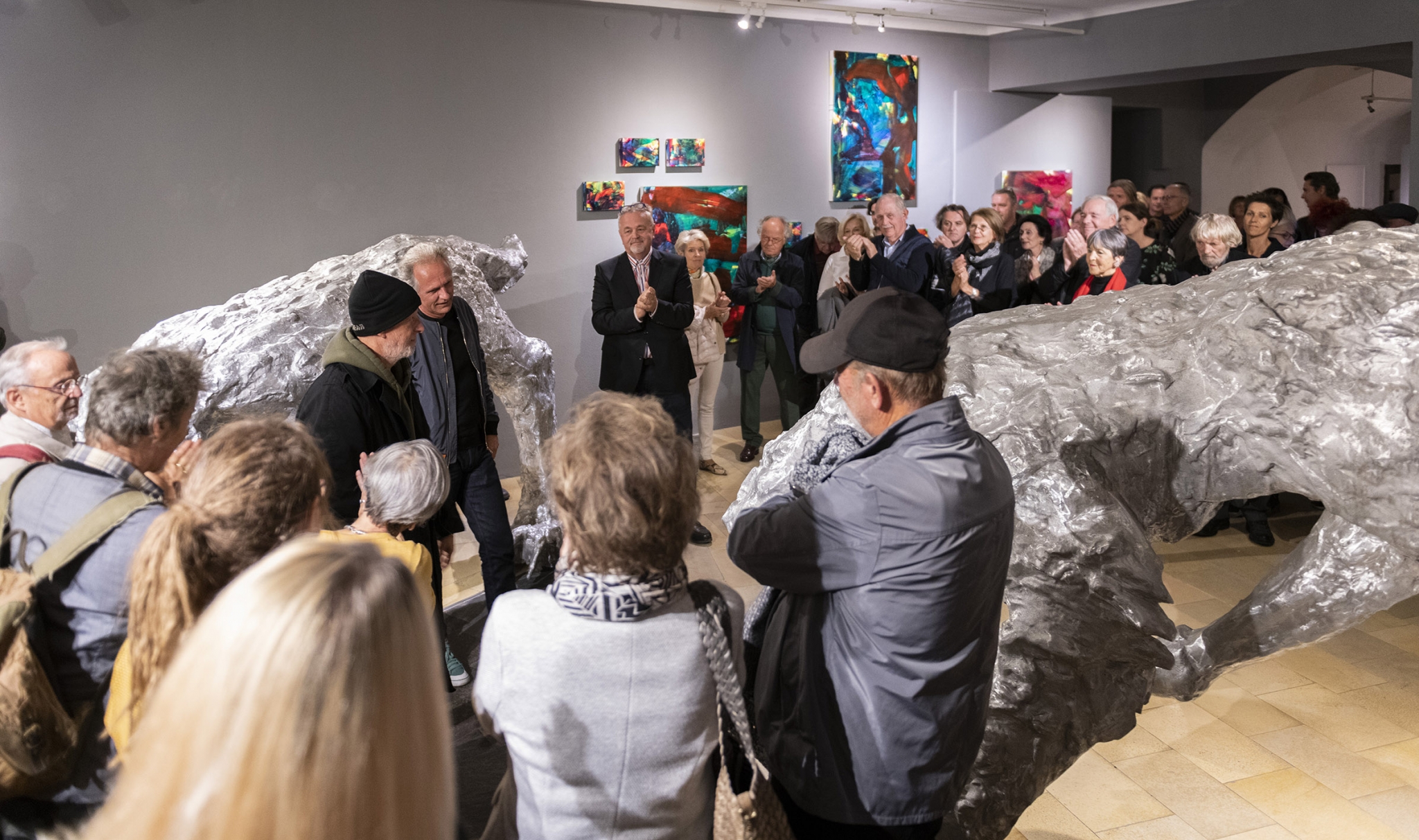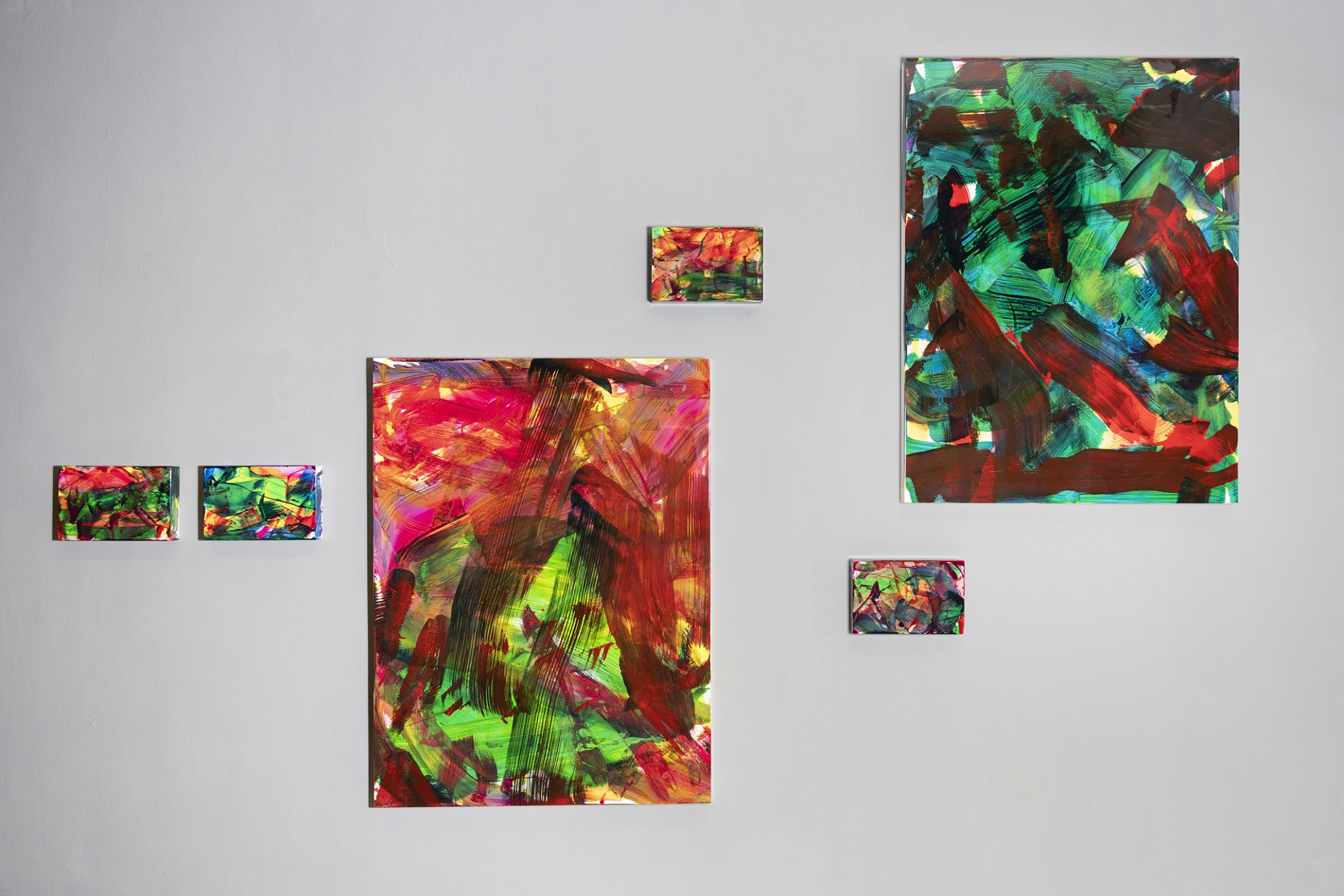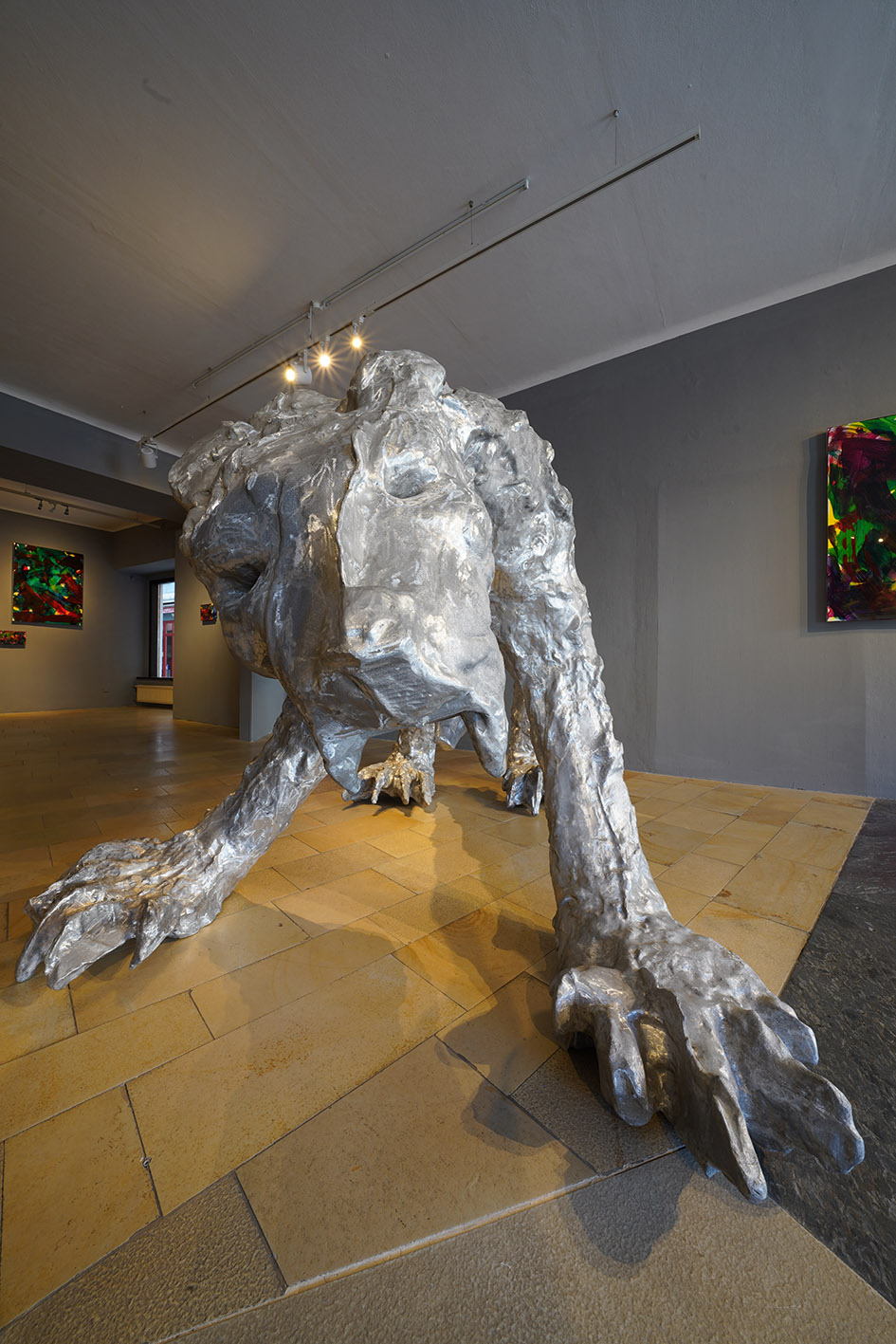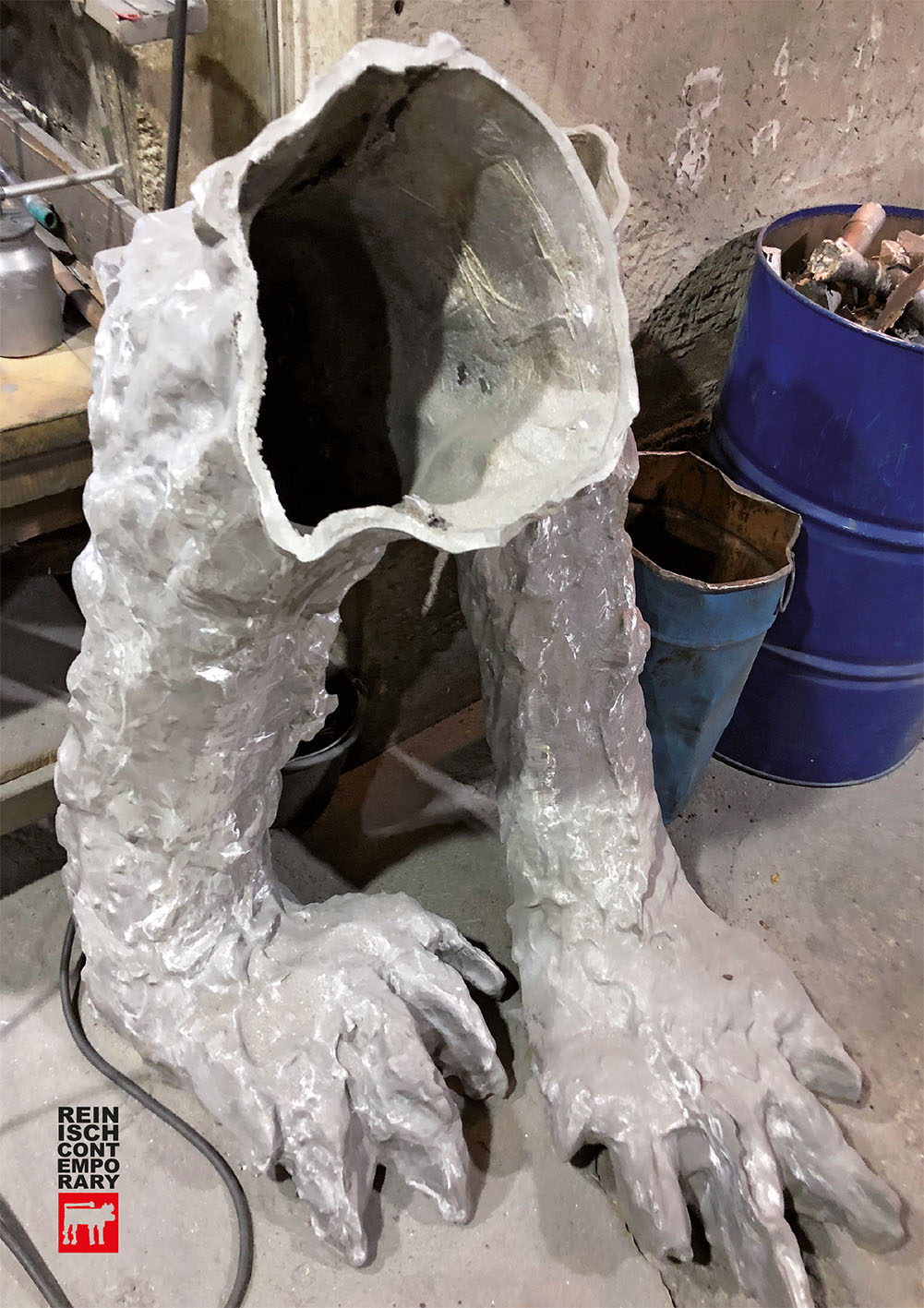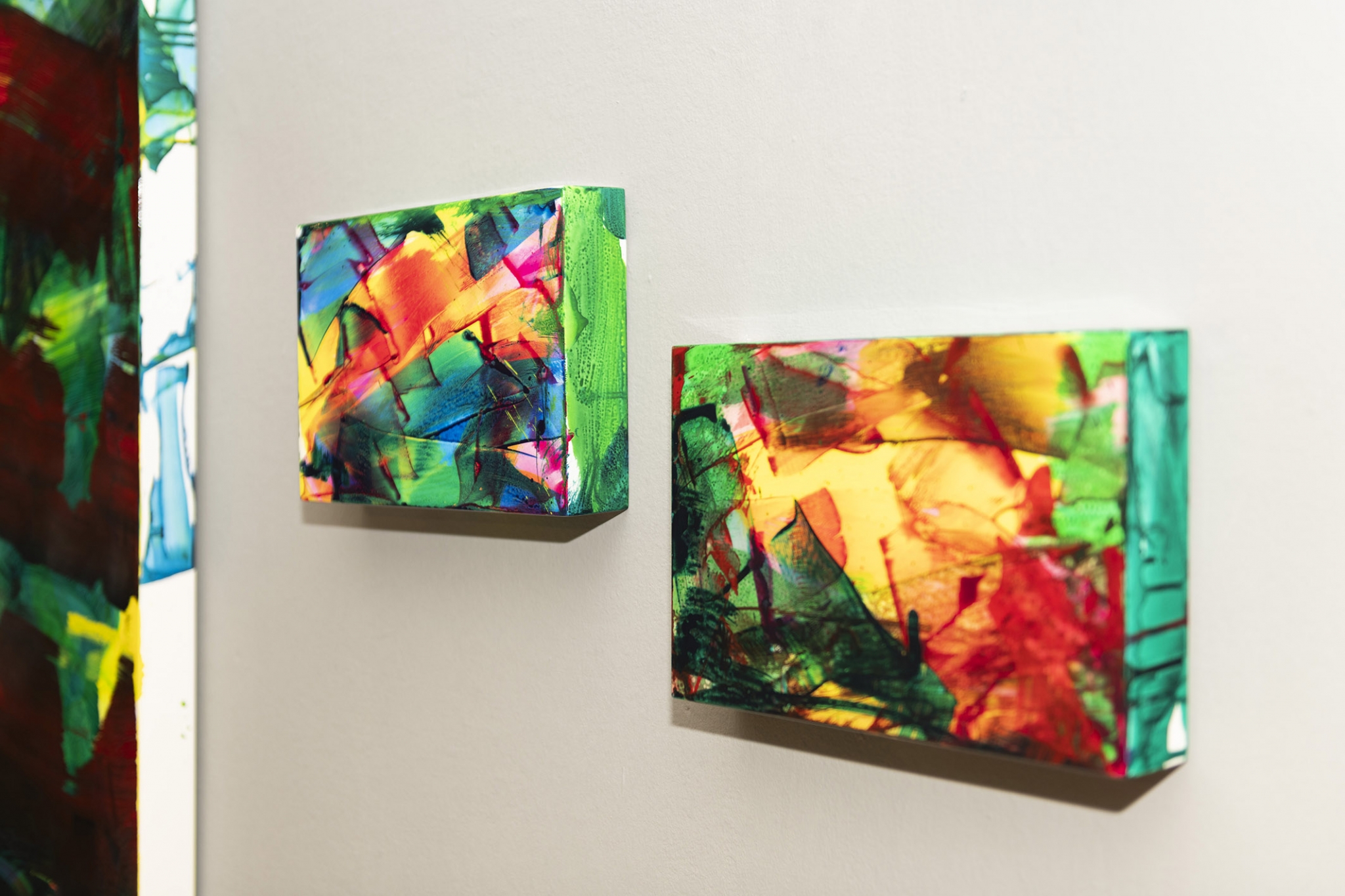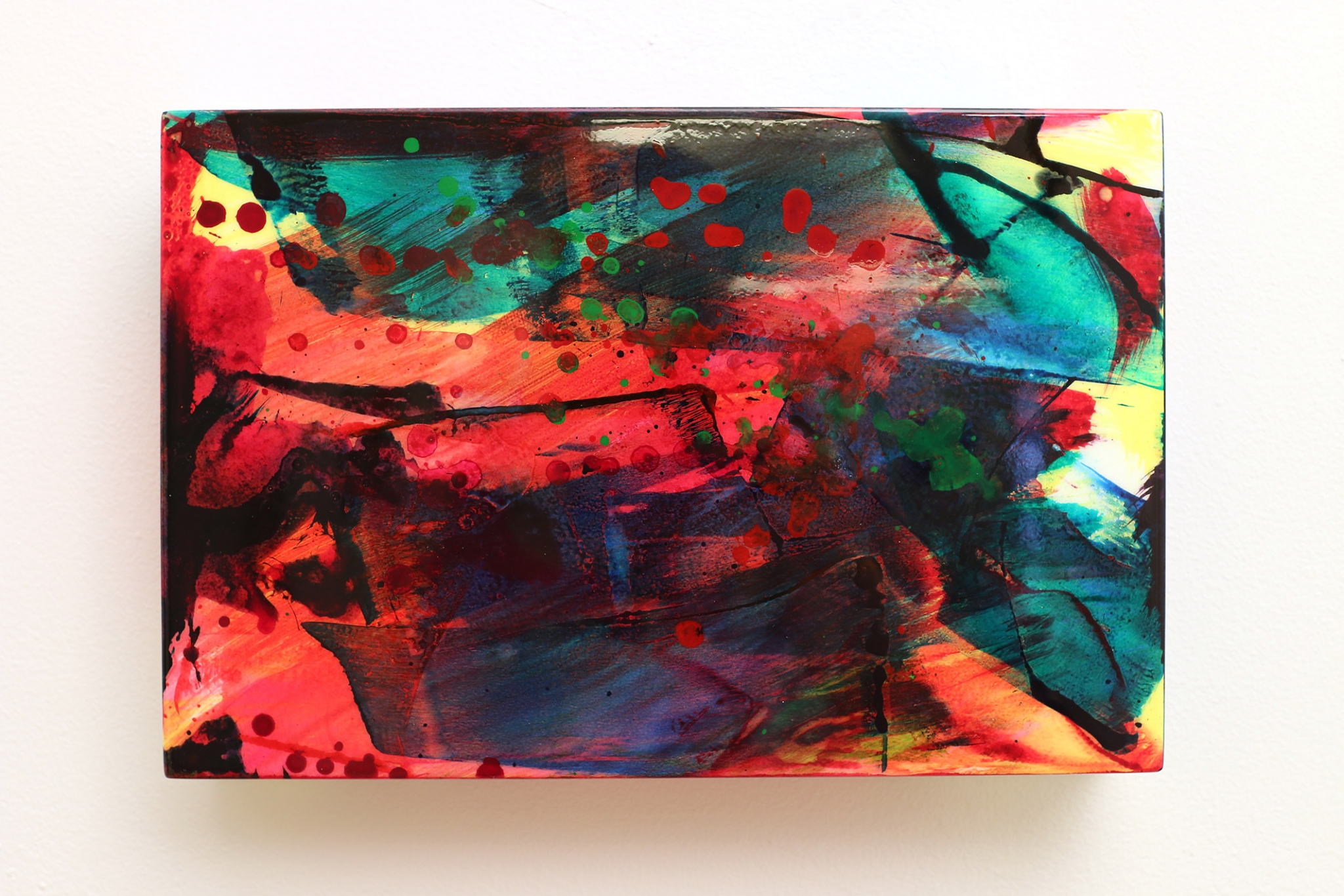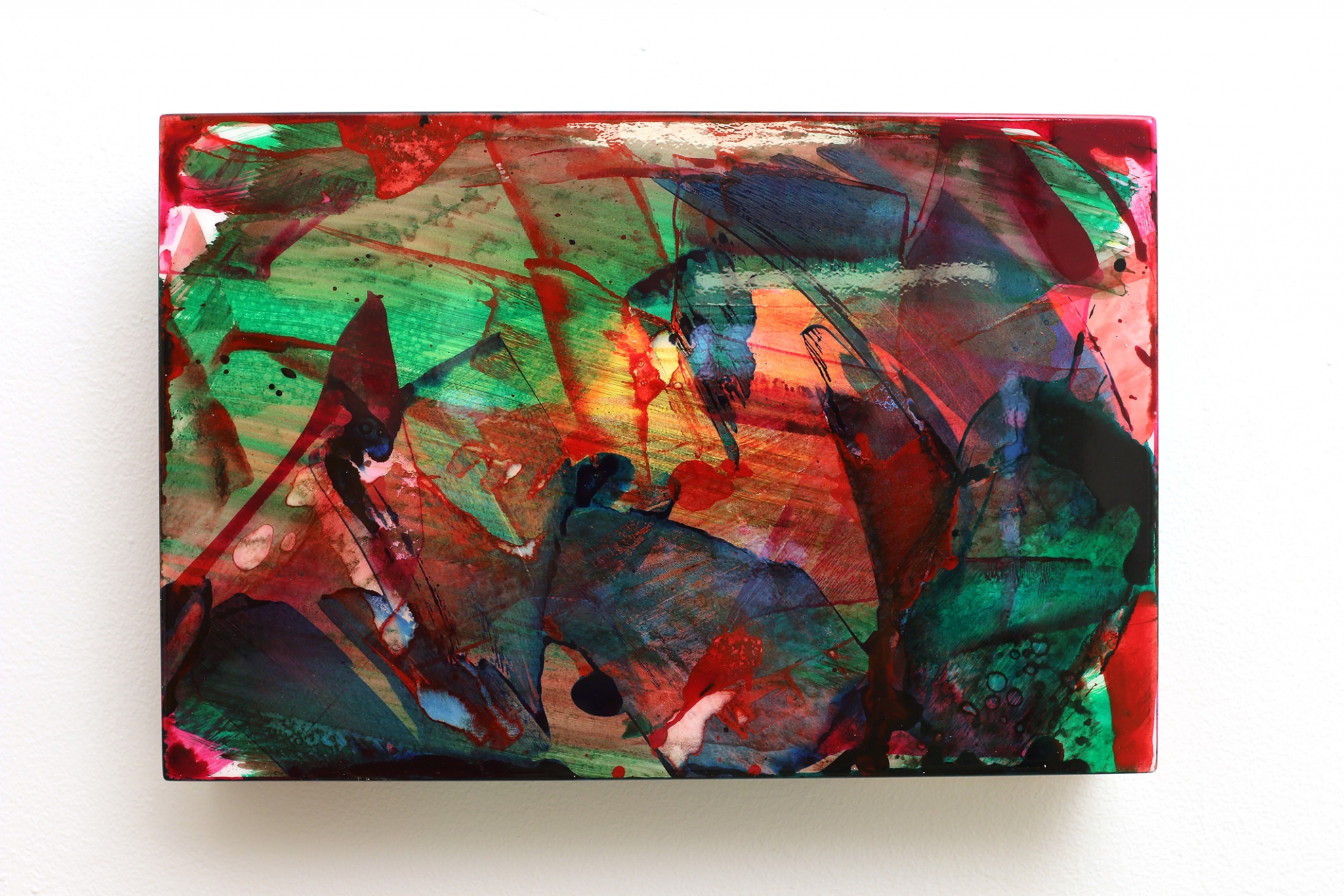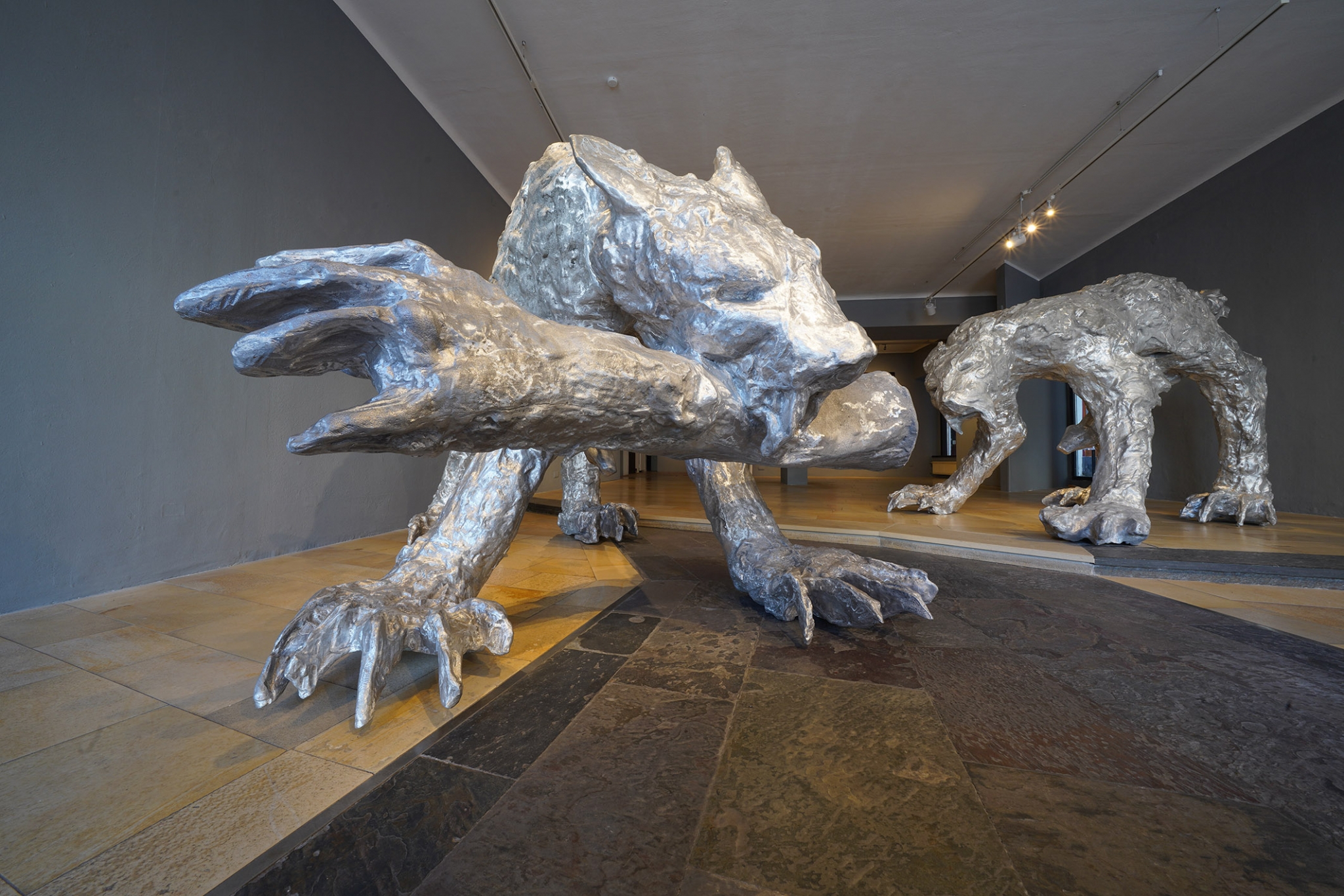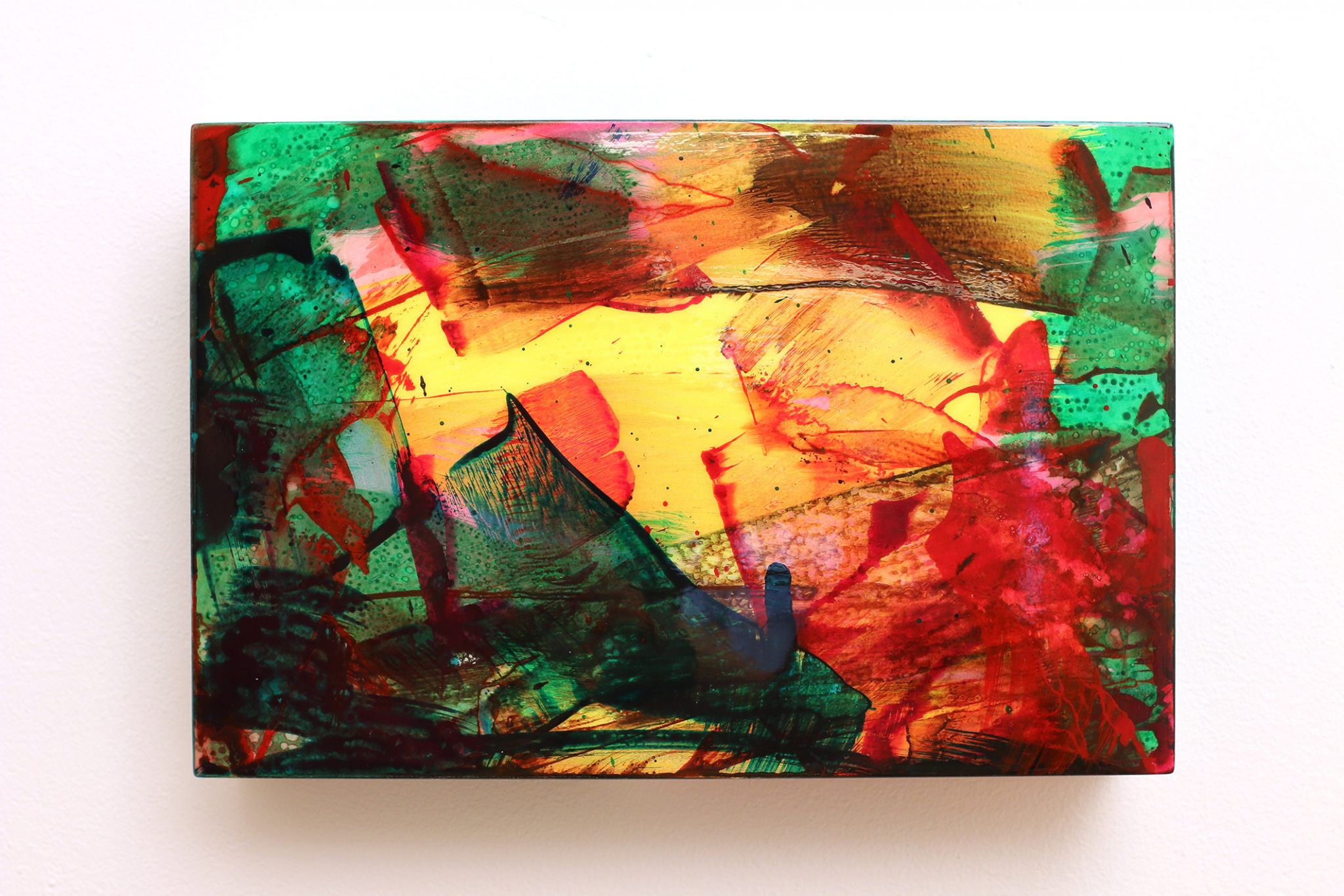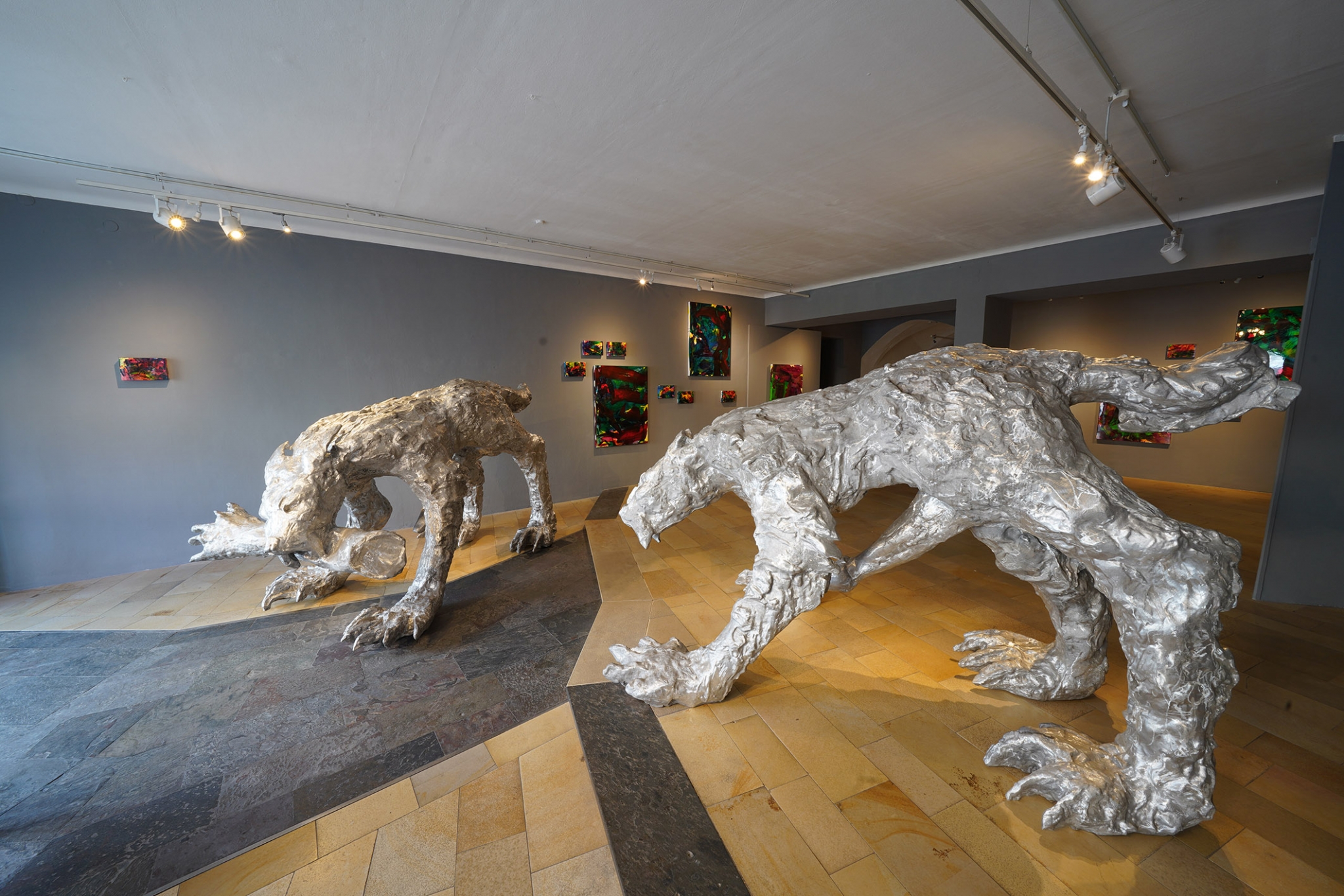Opening on Monday 22nd of October 2018
7 Pm Hauptplatz 6, Graz
Introduction: Günther Holler-Schuster
Duration: until 17th of November 2018
The definition of the abstract within art has never been quite so diverse as it is today. For the most part, classical forms such as natural abstraction, geometric abstraction or lyrical abstraction have been extensively explored and have long found new formulations and meanings. The realm of the visual has experienced the same kind of explosive expansion as the very digital development which fuelled its rise. Stories, reality reports and content of all kinds are now accessible to an inflationary degree and, in a manner of speaking, are flooding our channels of perception. What was once remote is no longer distant – at least not in the sense of time or space; content now overlaps and assumes new levels of meaning in other contexts. And so it is, too, with the abstract.
From its very beginning, Herbert Brandl’s art can be understood as an expression of the difference between figurative legibility and abstraction. But this conceptual pair is far too general in the ground it wishes to cover. It lacks the ability to capture many things. For the artist, the arbitrariness of the abstract seems far too overwhelming: it doesn’t just begin and end as purely emotional outbursts in a sensual ecstasy of colour. While landscapes, mountains, flowers and animals are deliberately captured at different stages of transformation in Brandl’s paintings, his suggestive narrations also articulate a fundamental critique.
“Predatory capitalism” is the title that Herbert Brandl has given to his current exhibition at the Reinisch Contemporary. Big sculptures and high-gloss, precious items (which could be described as paintings) define the scenario of the exhibition. The non-representational, brightly coloured pictures take the viewer along a path of association to different narrative contexts, all of which remain implied by their titles. They evoke something that may be present only as a fleeting thought. Alternatively, they lead to a narrative, in the course of which the viewing public itself can continue to exercise its imagination. Brandl’s oversized metal monsters – well-known from the artist’s previous paintings (hyenas) – appear to have become reality. They form figures that watch over and defend the paintings here as an imaginary treasure.
At the same time, the entire exhibition offers an installative, stage-like space of and for experience – a cave with an entrance that would probably endanger the cultural immutability of painting…
In his sculptural work Brandl adopts a similarly intuitive approach to the one that characterises his paintings. Hence, these sculptures can be understood as three-dimensional paintings. The formal crossover is linked to the content – abstraction merges into objectivity, the two-dimensional into the three-dimensional, and levels of content combine to form new associations.
The suggestive power of the word – as we experience it in the title “predatory capitalism” – feels unsettling and uneasy. It takes the playful interaction between the artist and his audience to a new, even more mysterious level. One question, however, seems to hover in the space here: is the art we see here a form of indictment, or is it fundamentally an expression of radical profit maximization?
Günther Holler-Schuster

